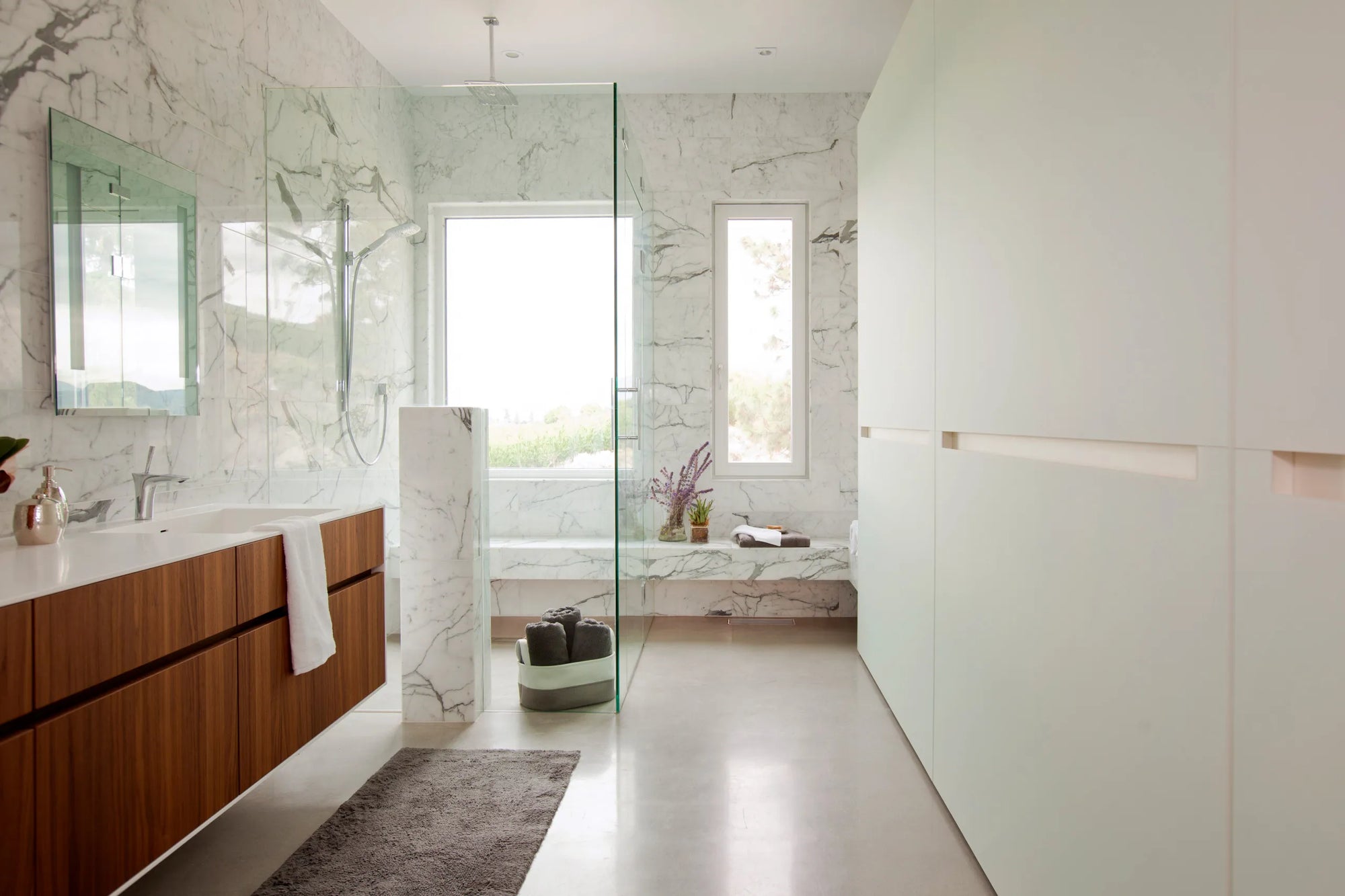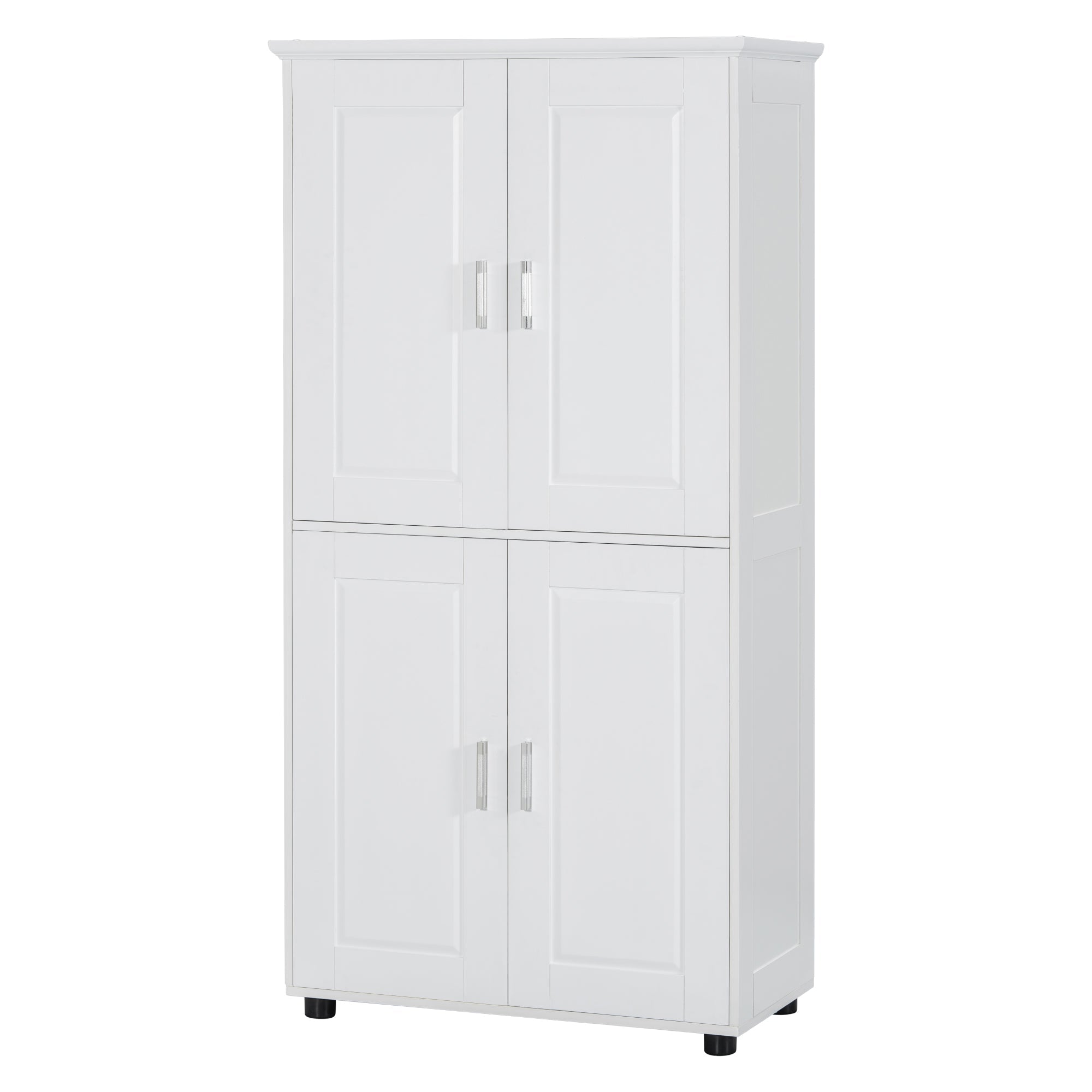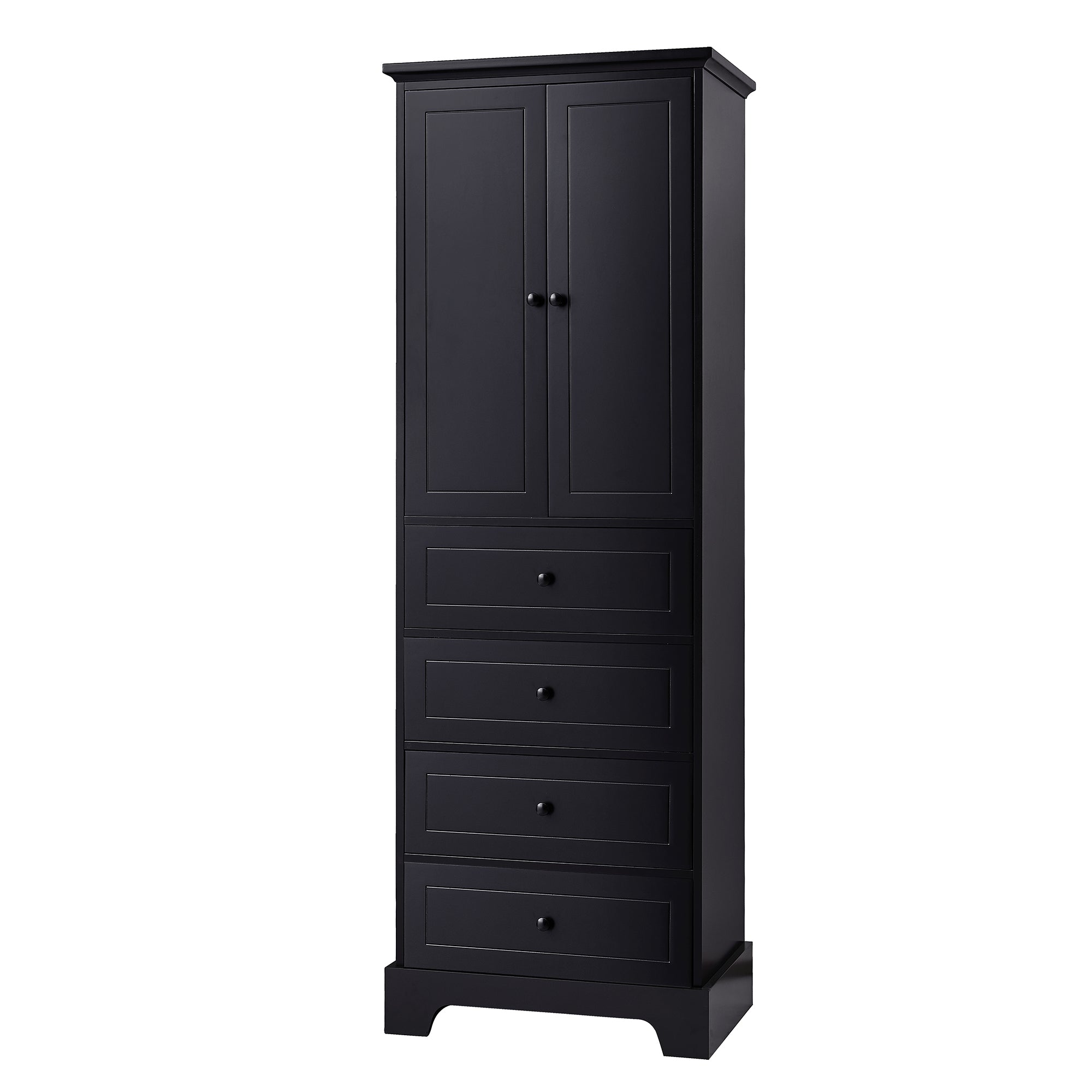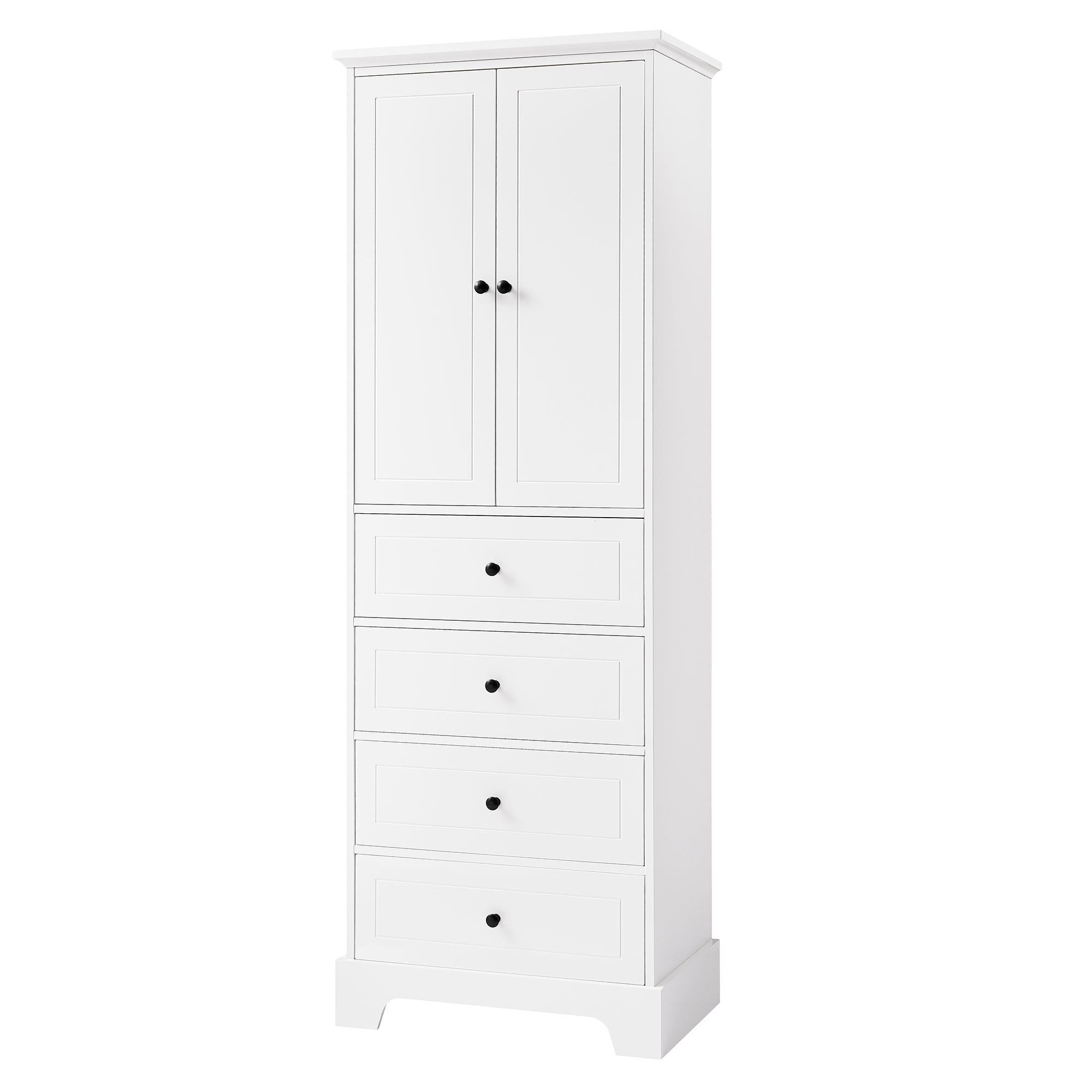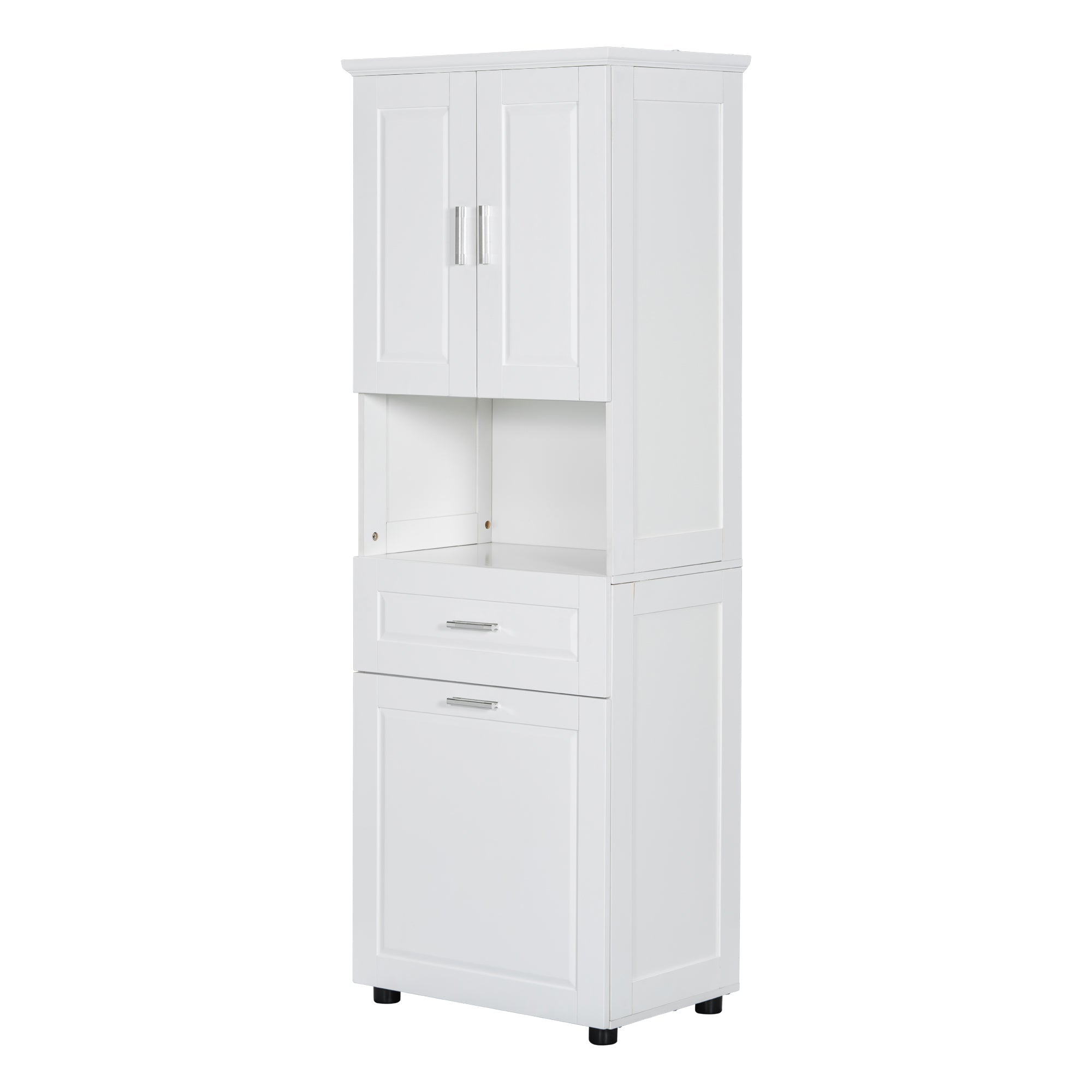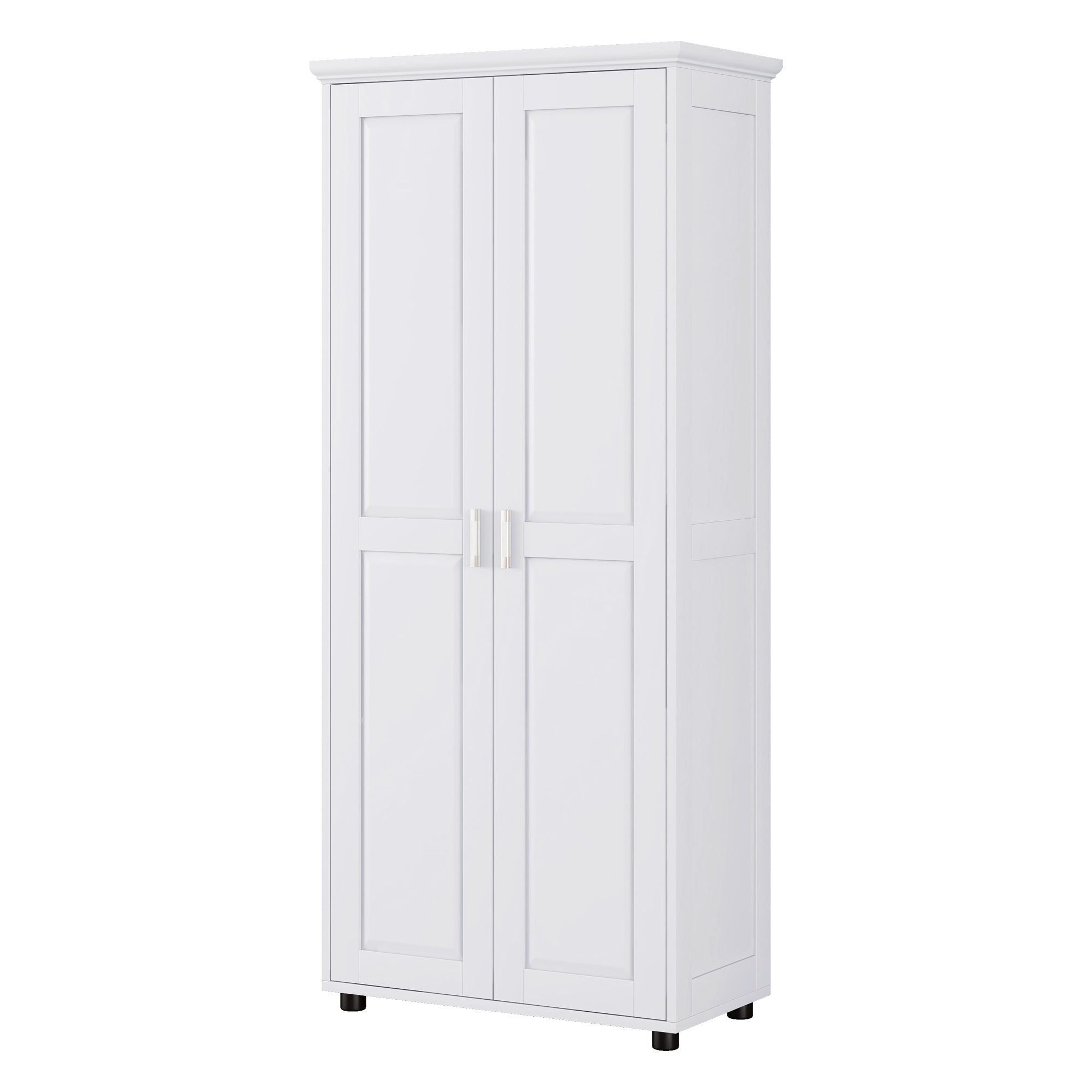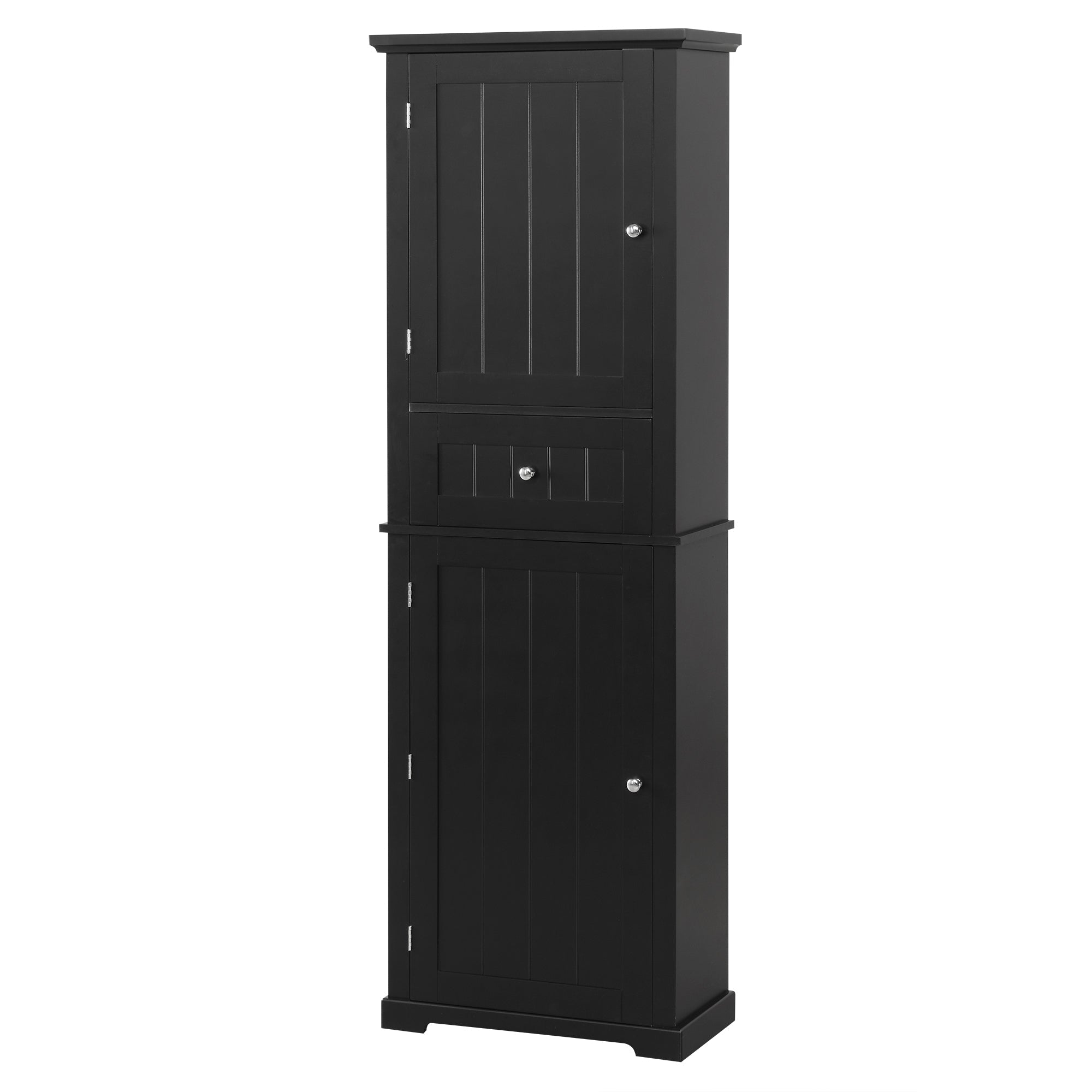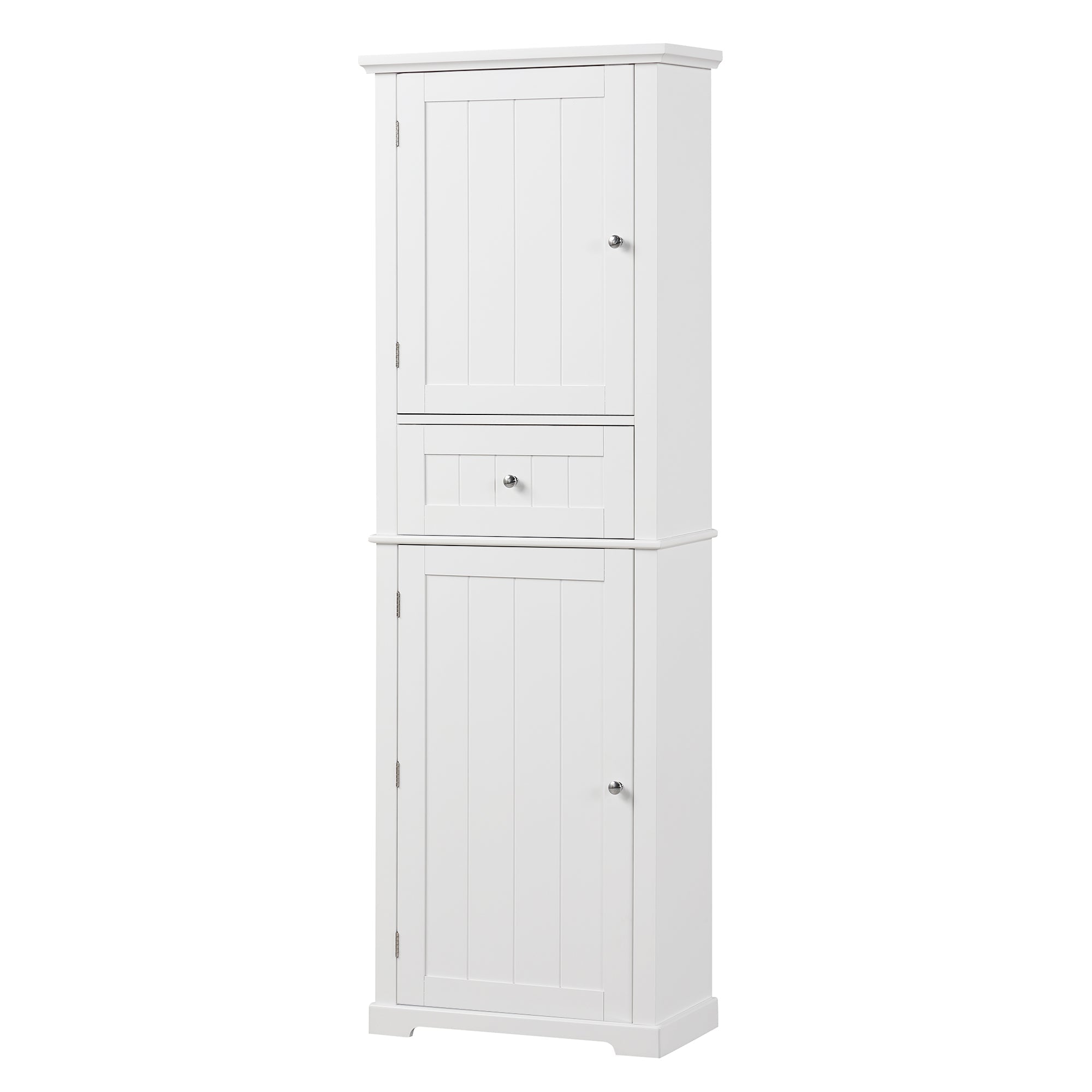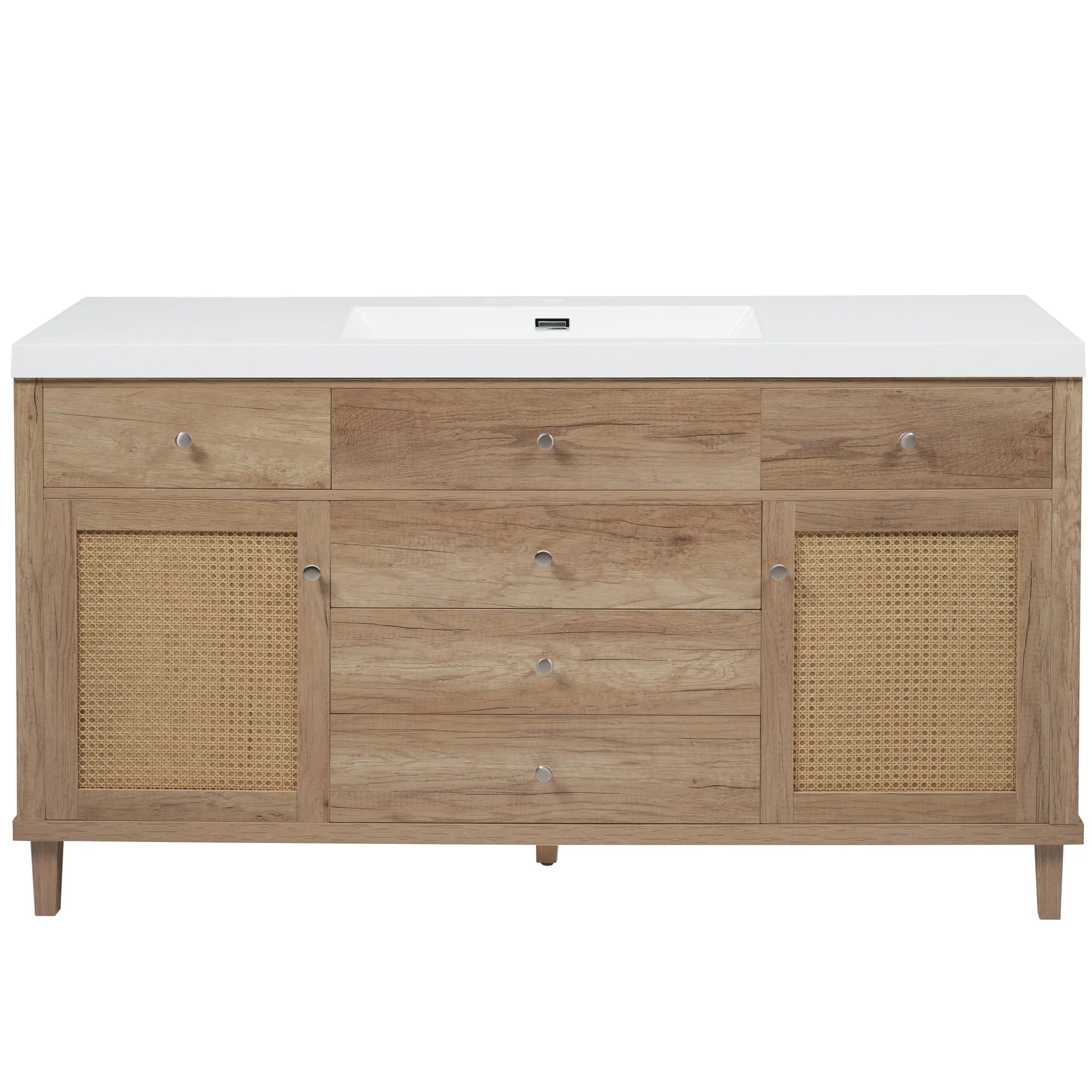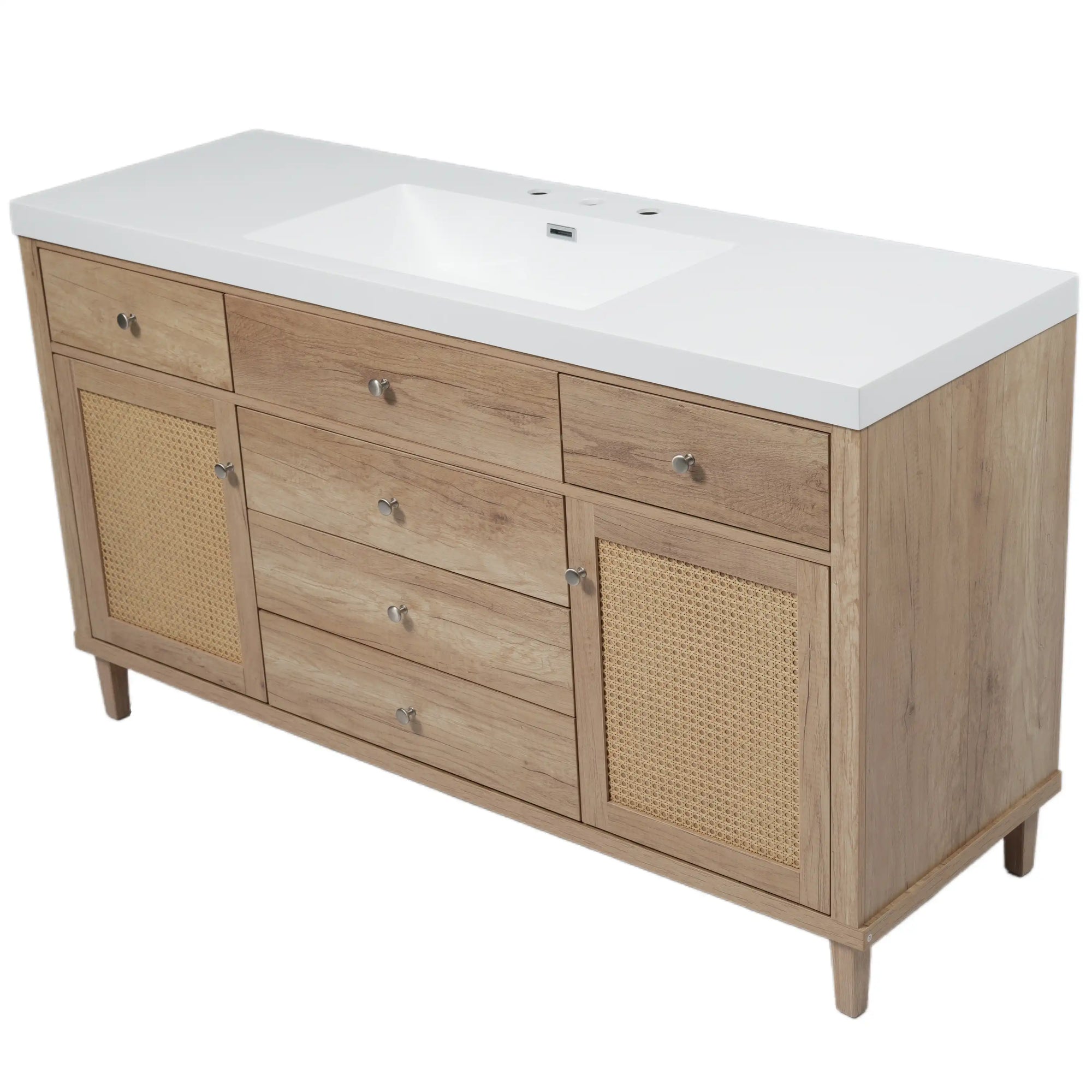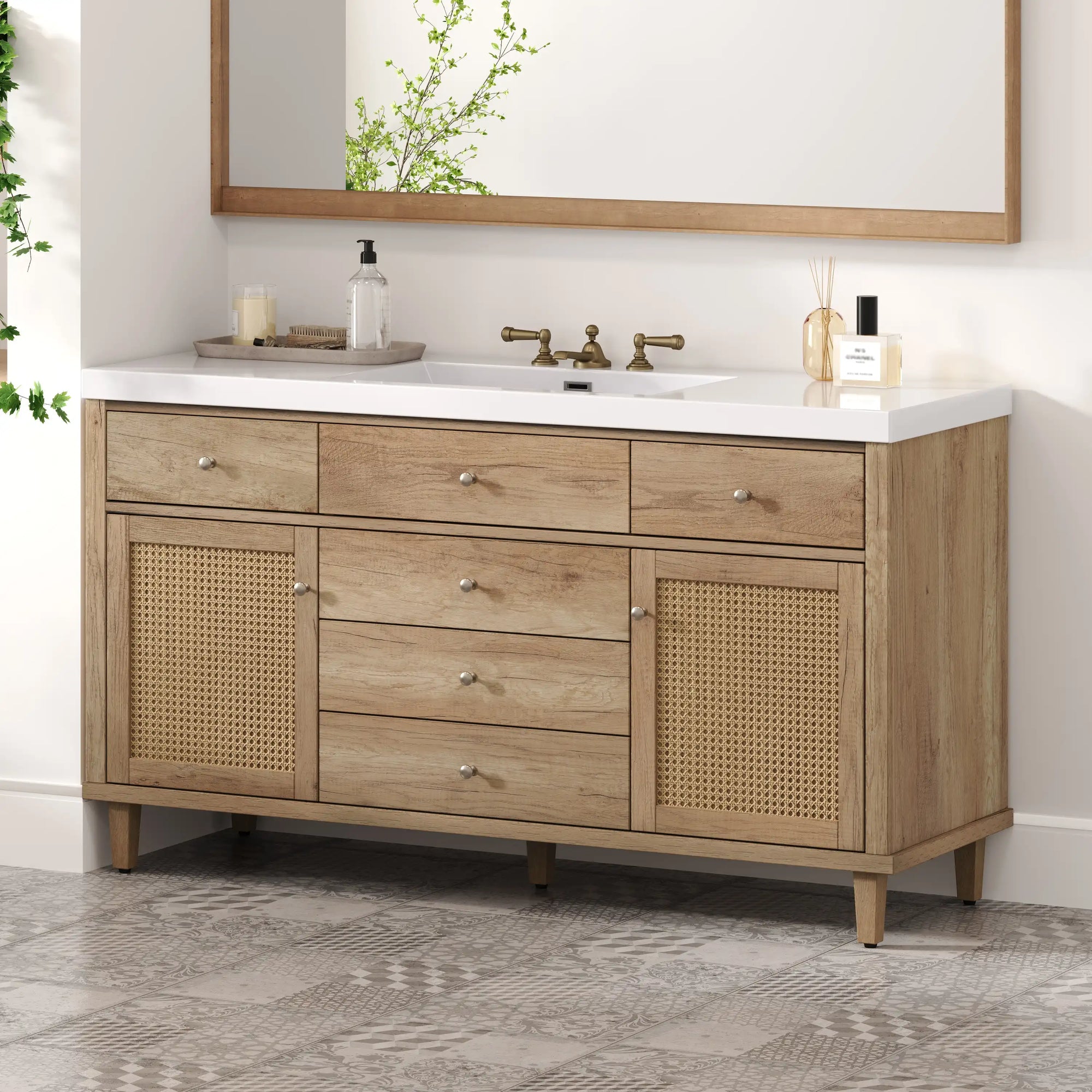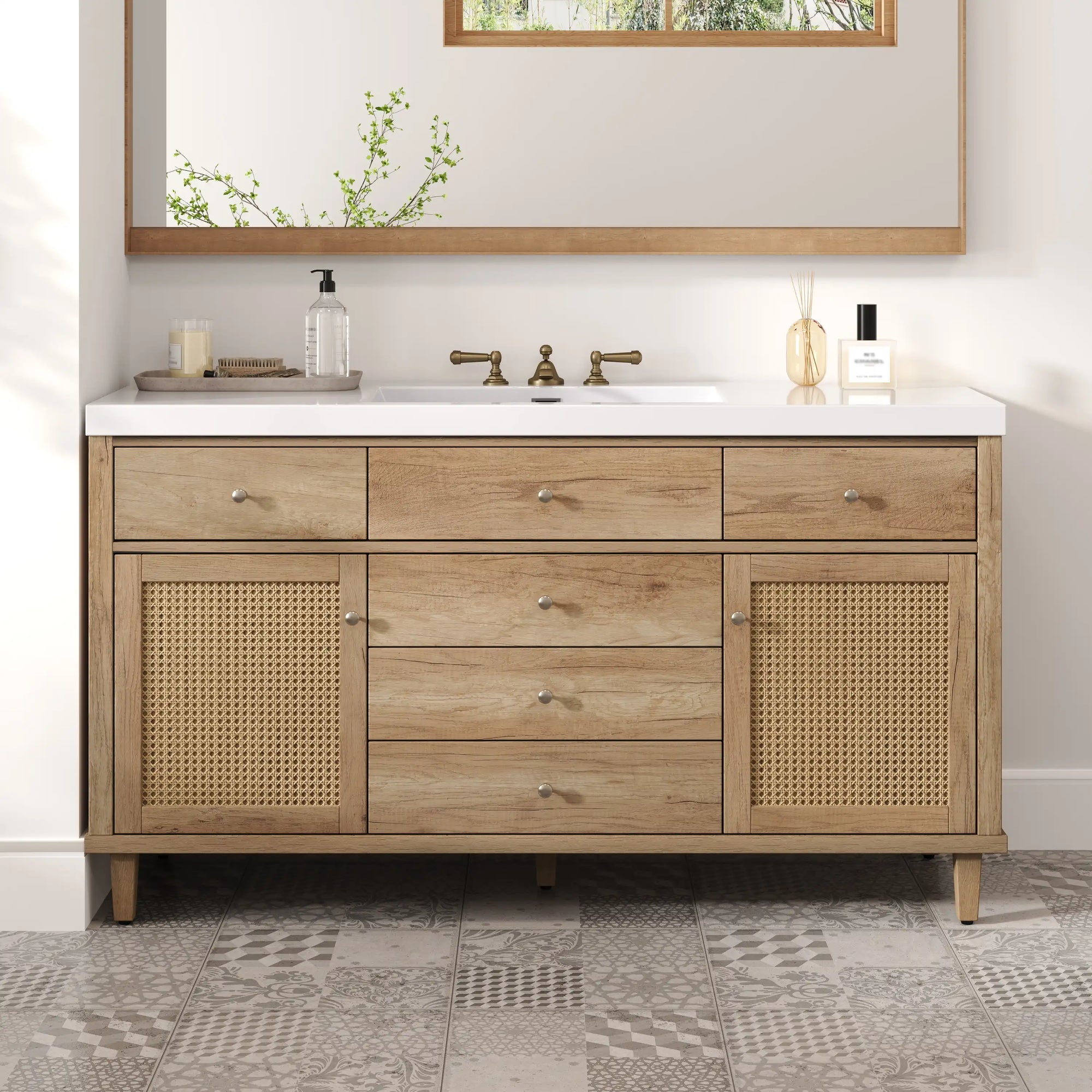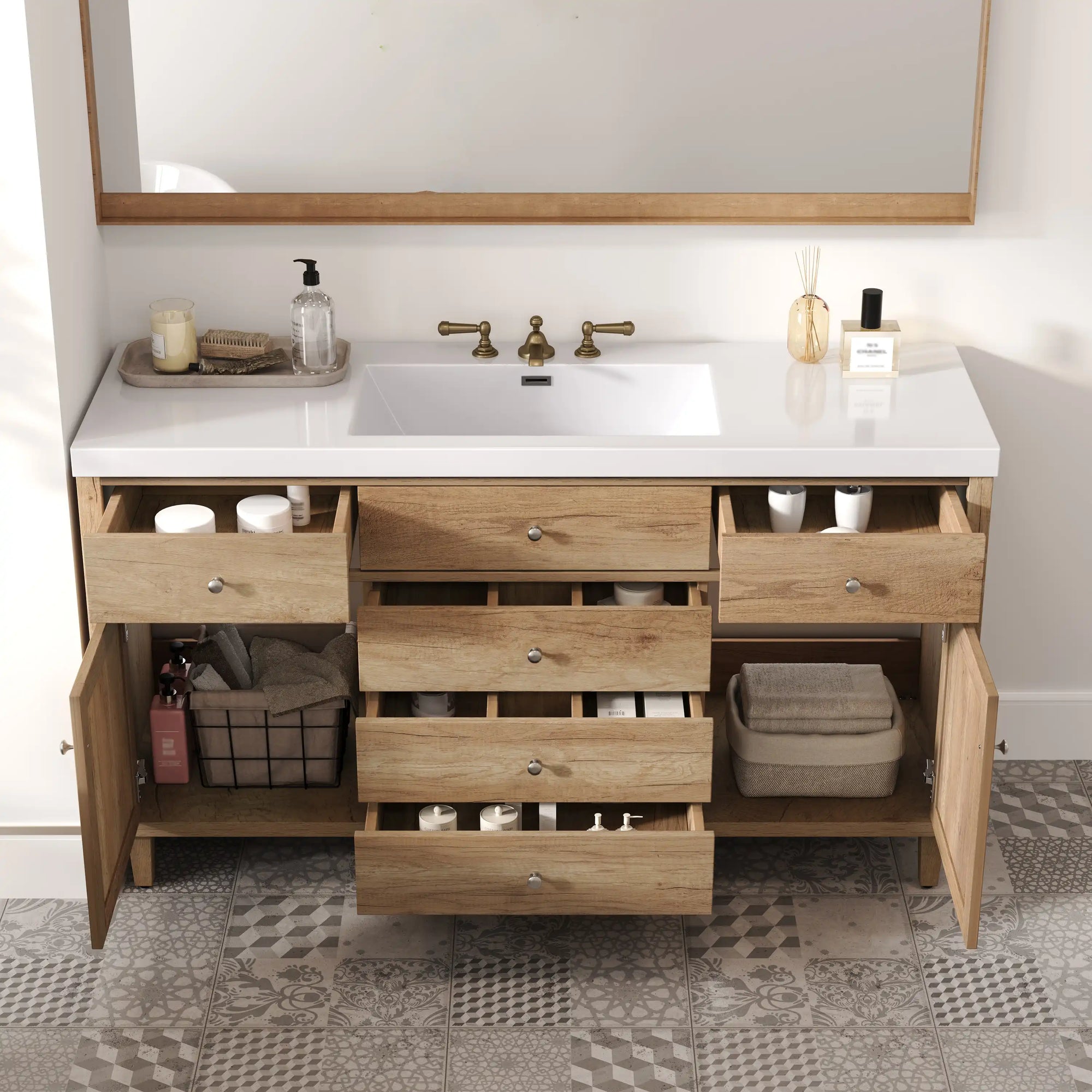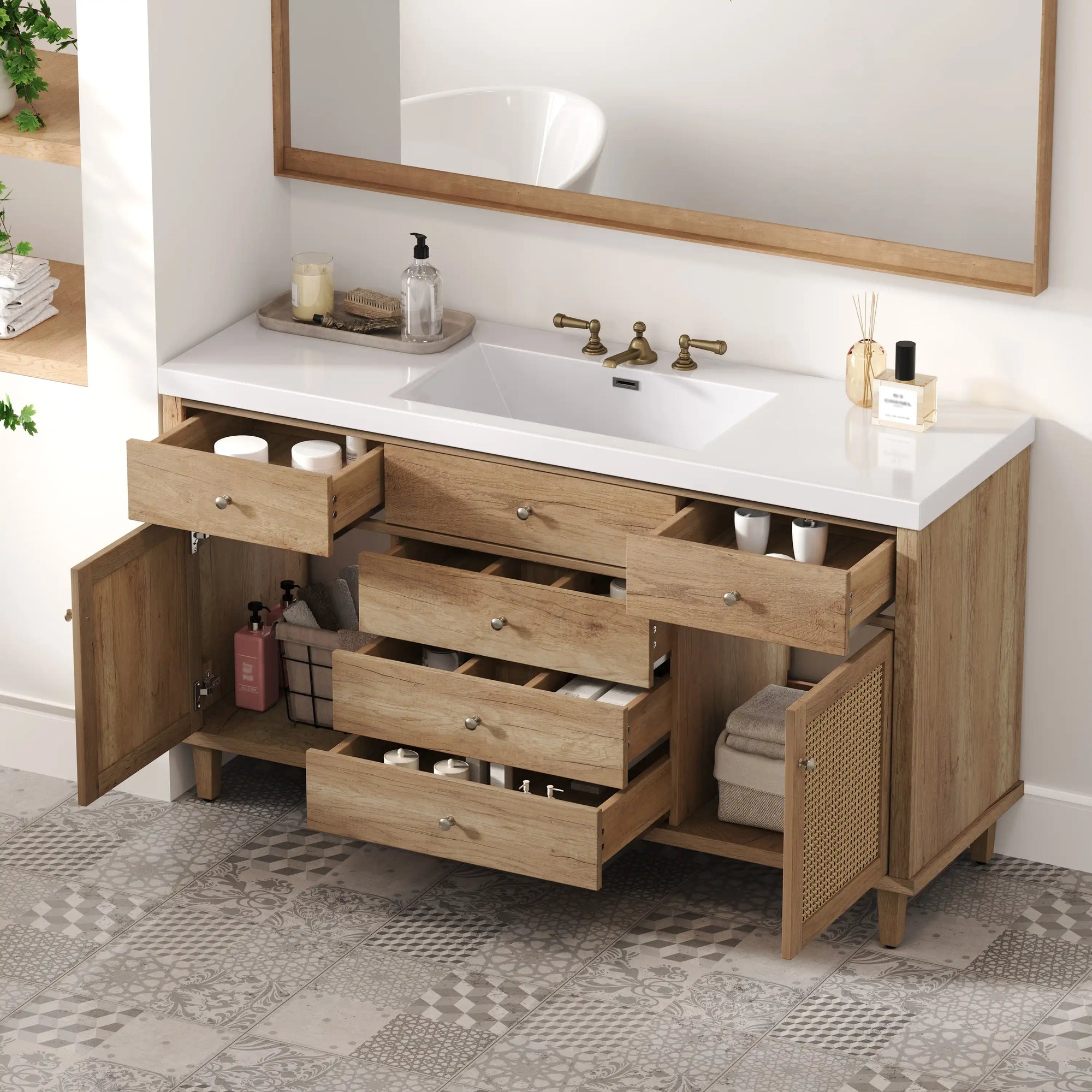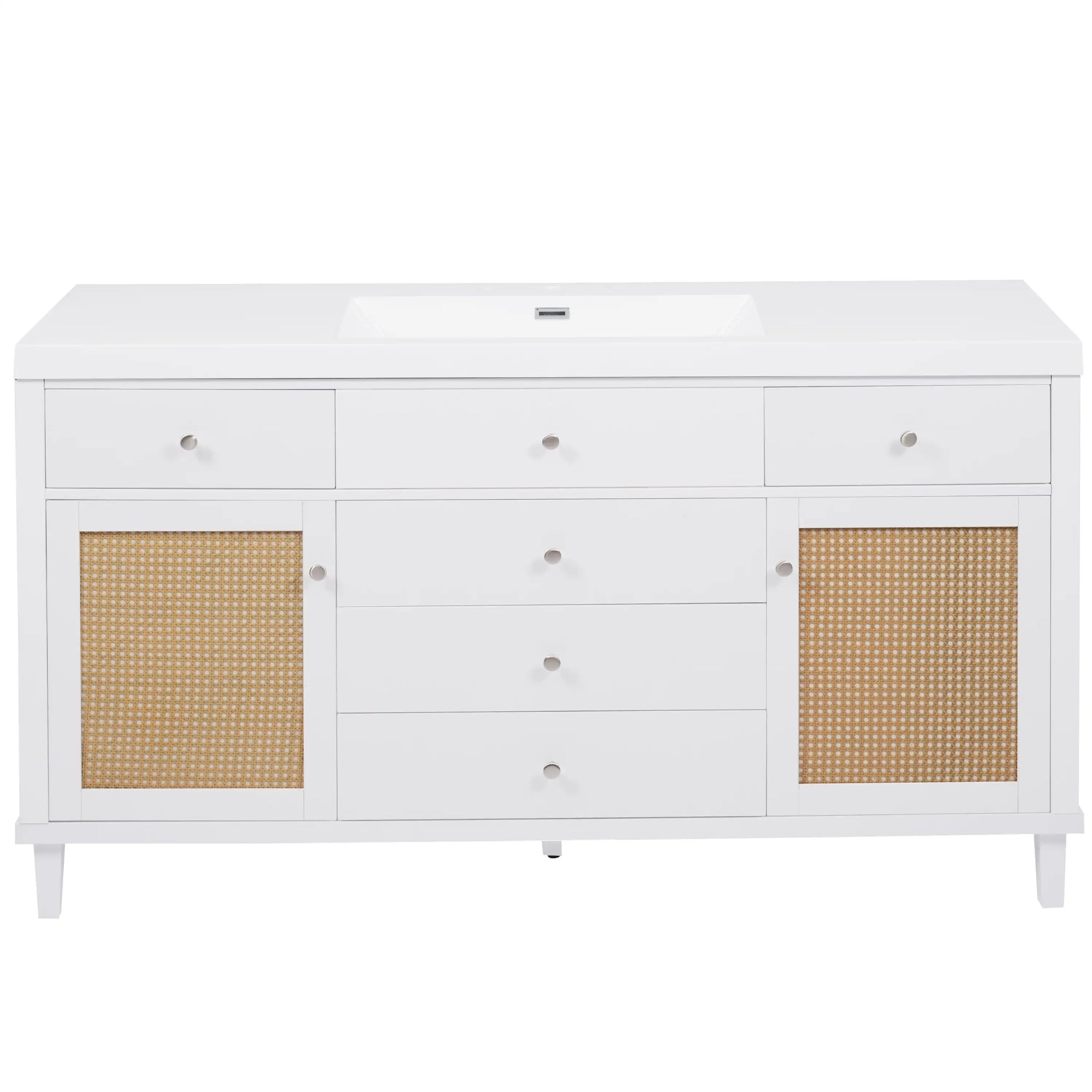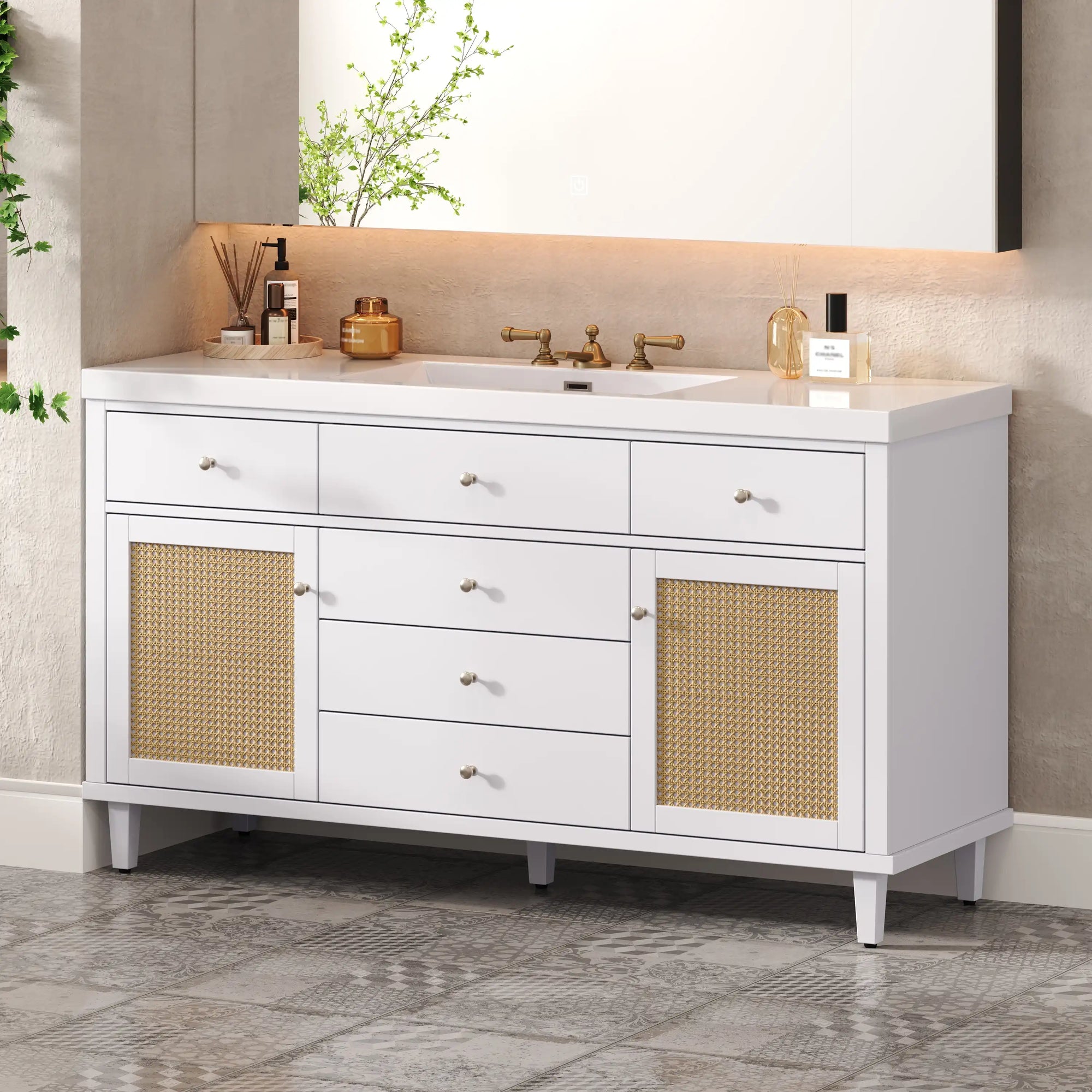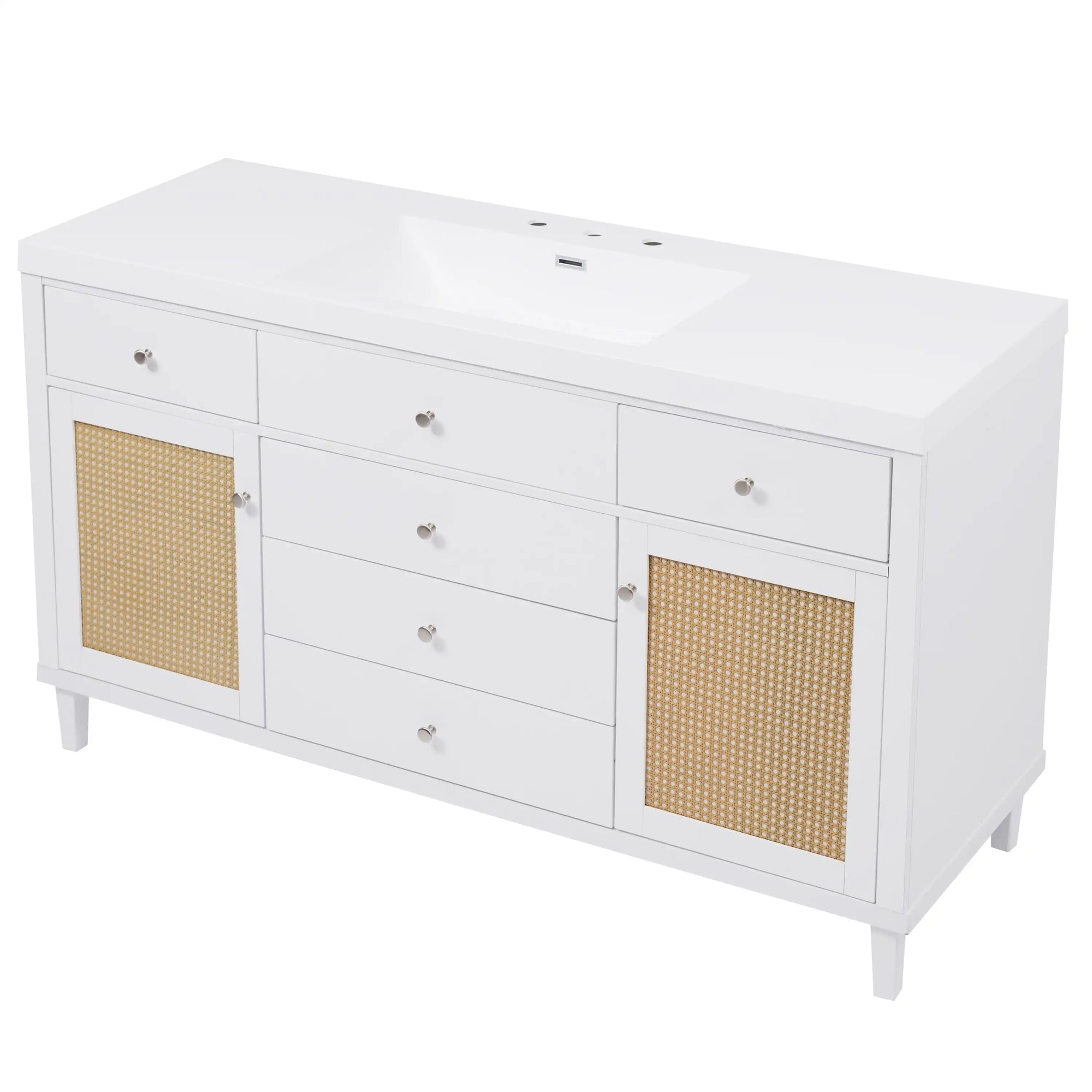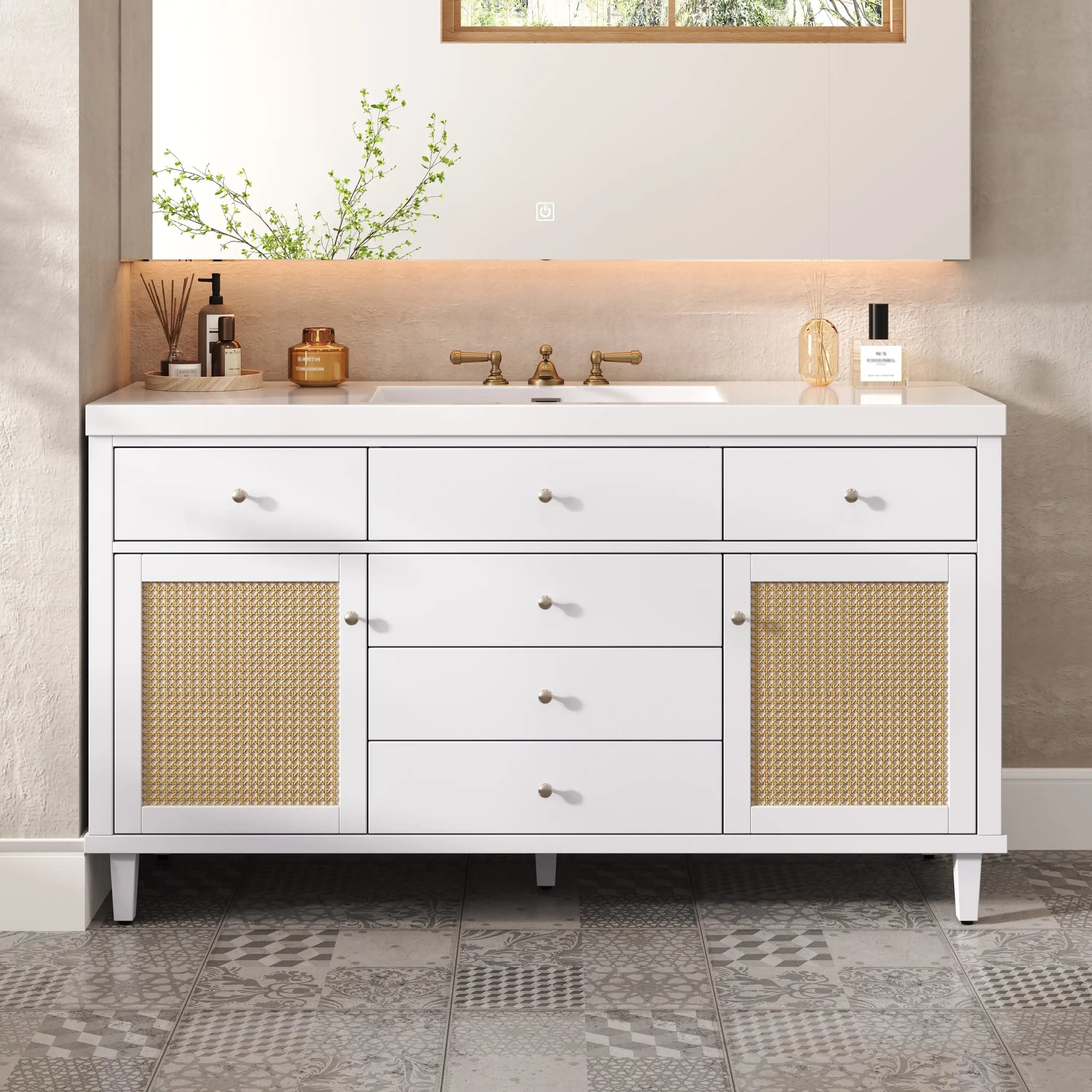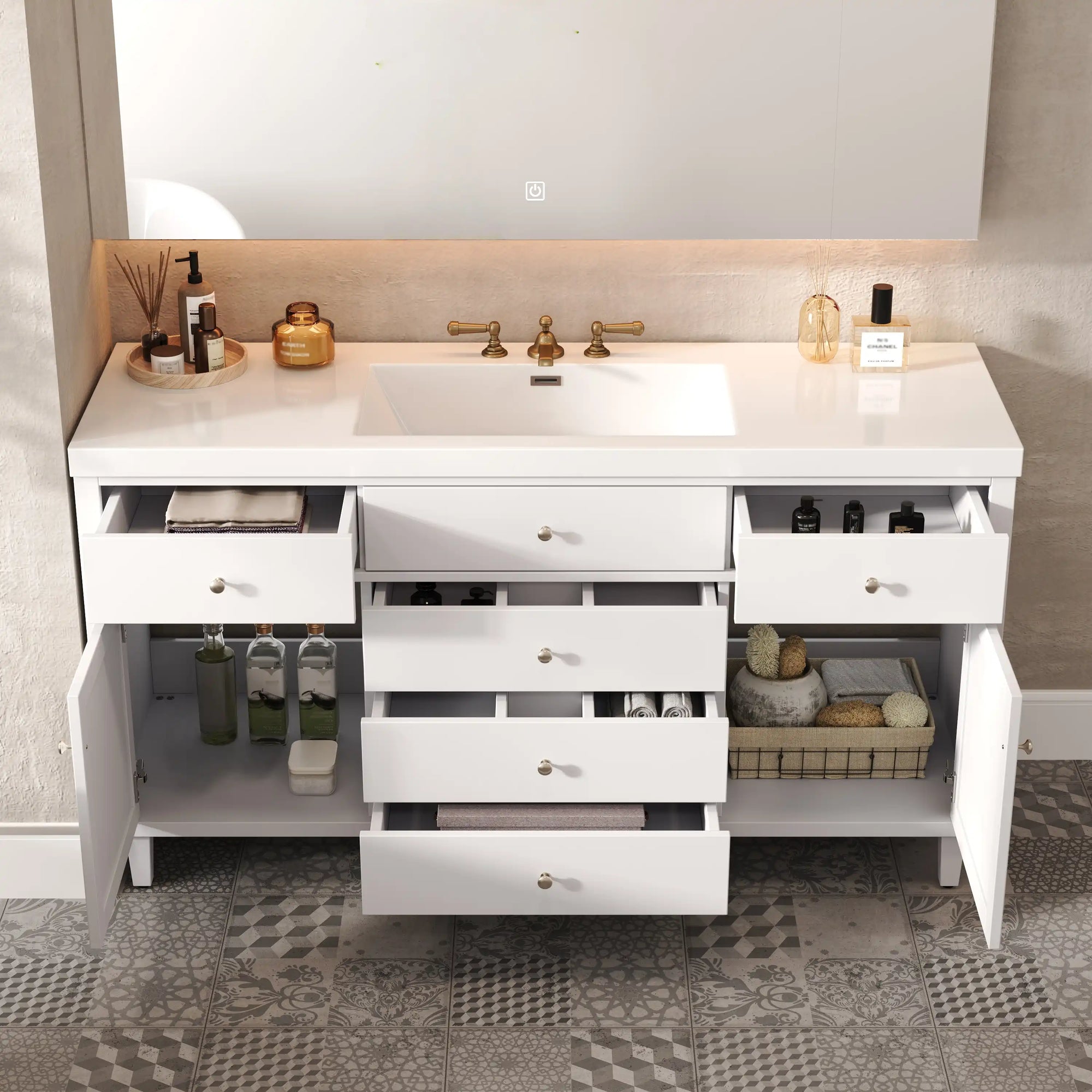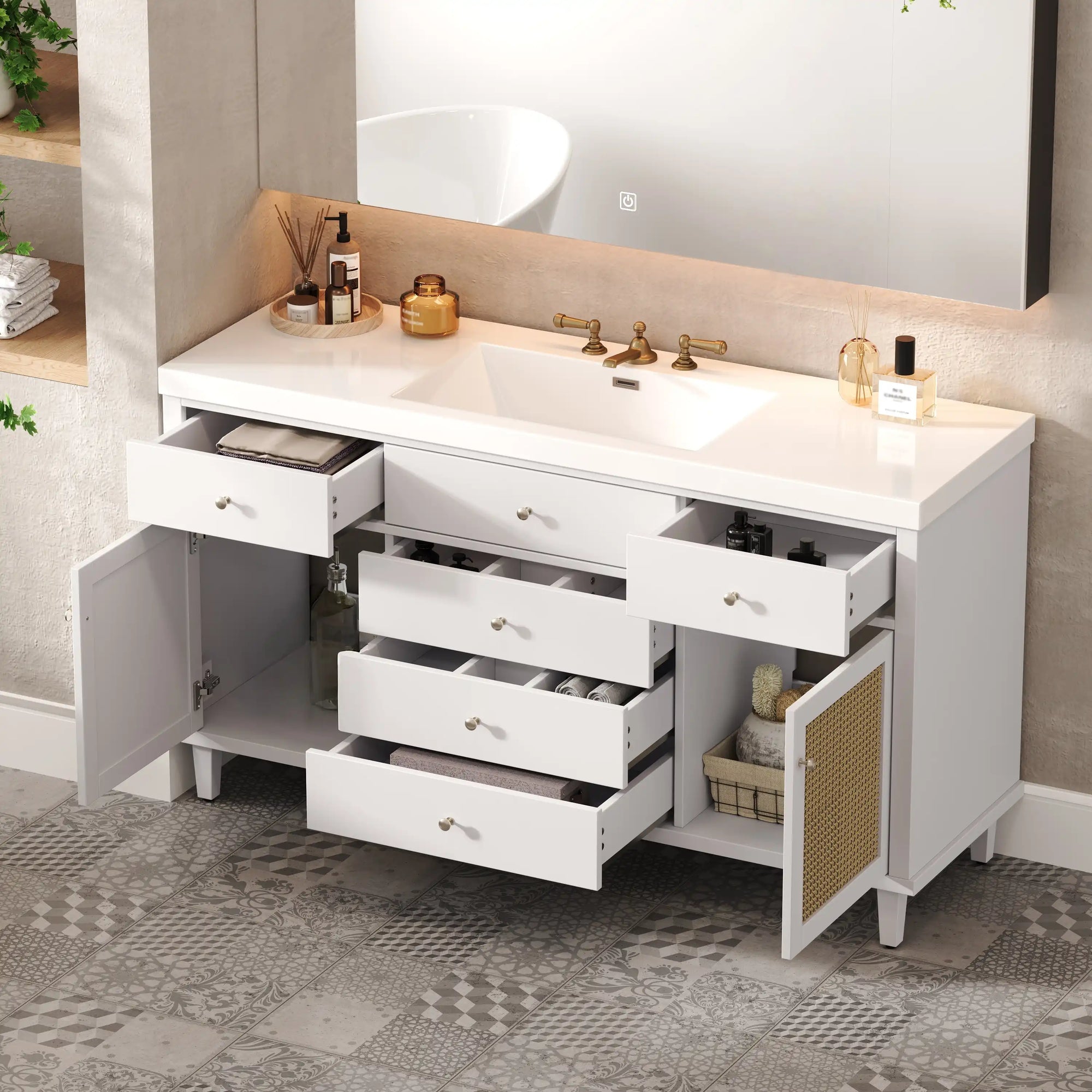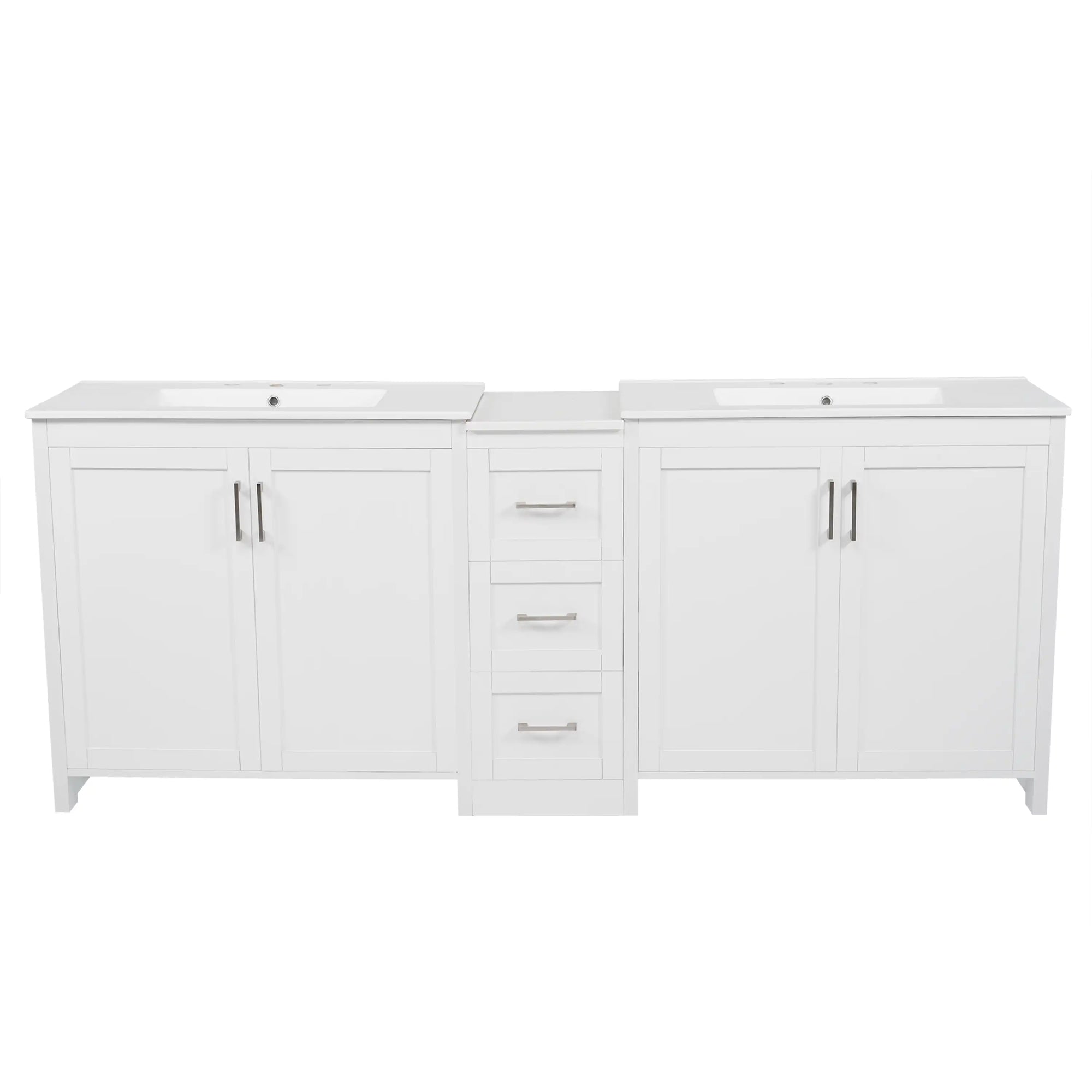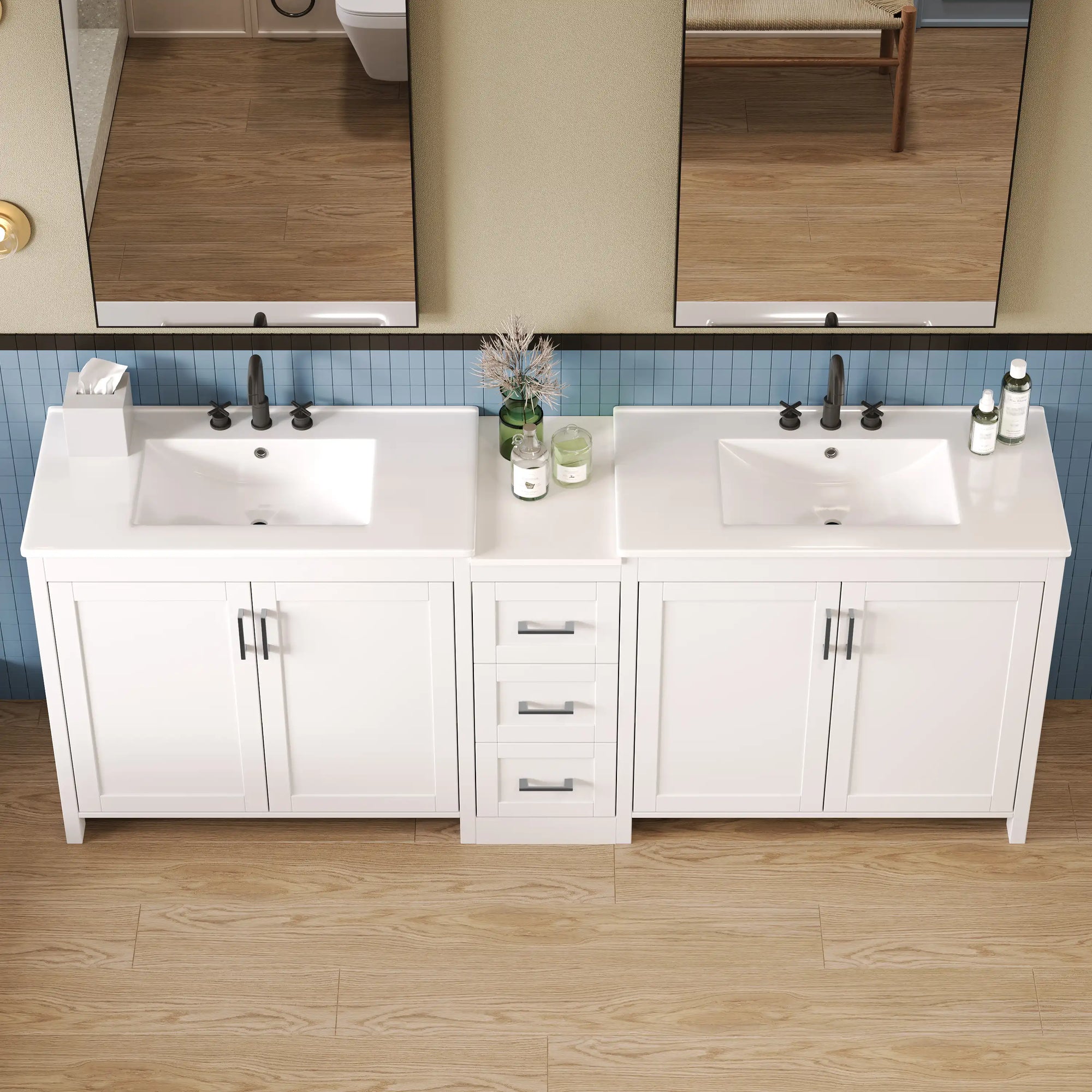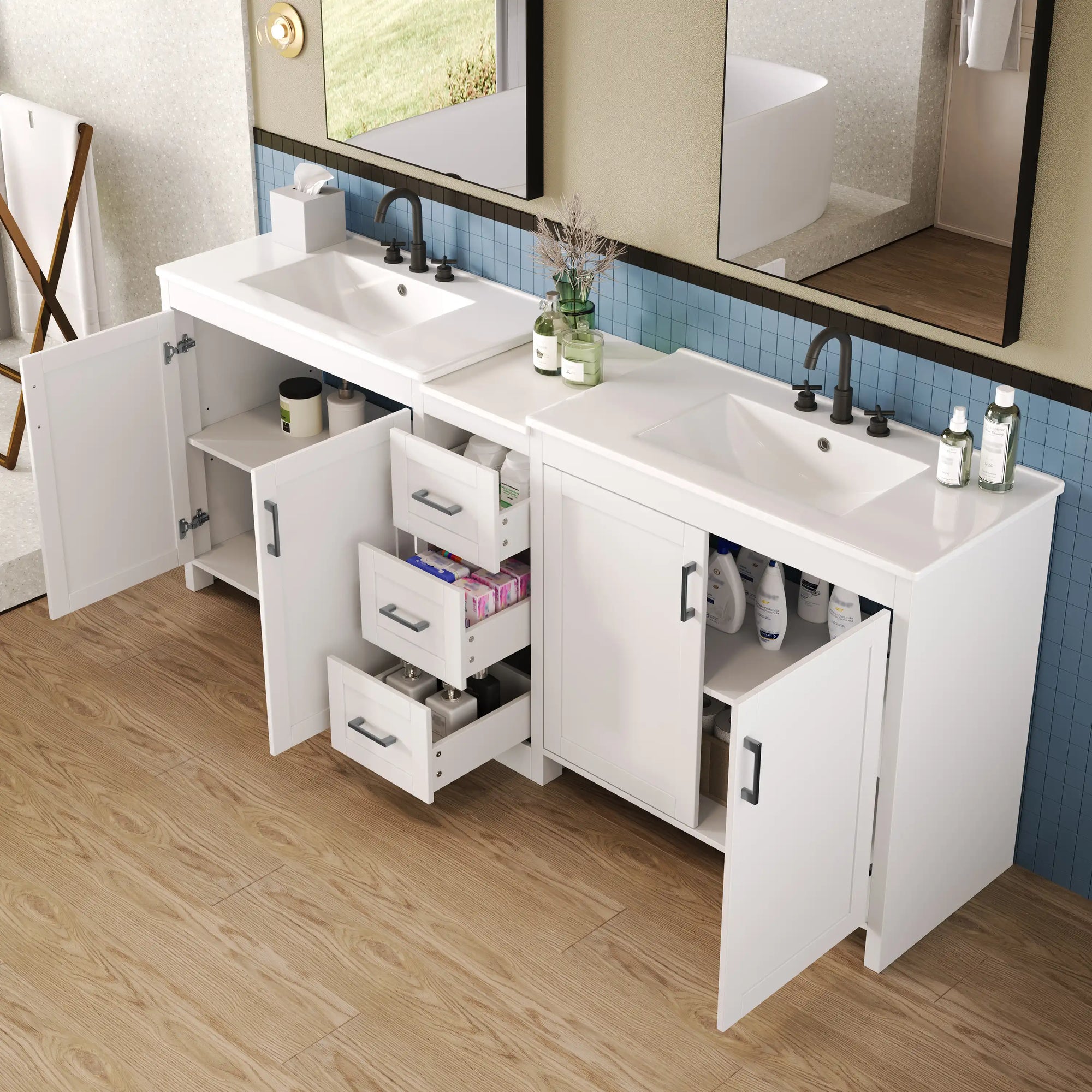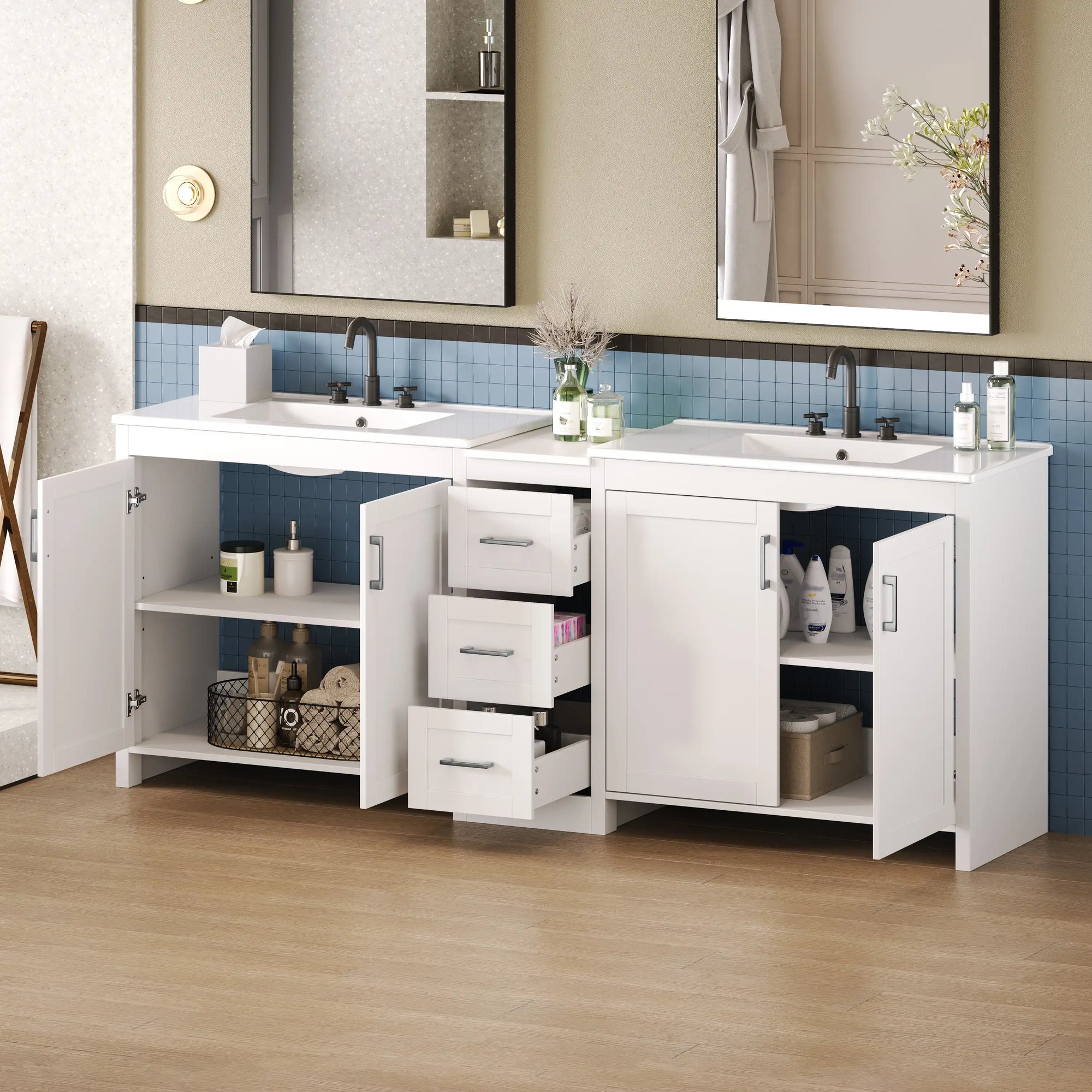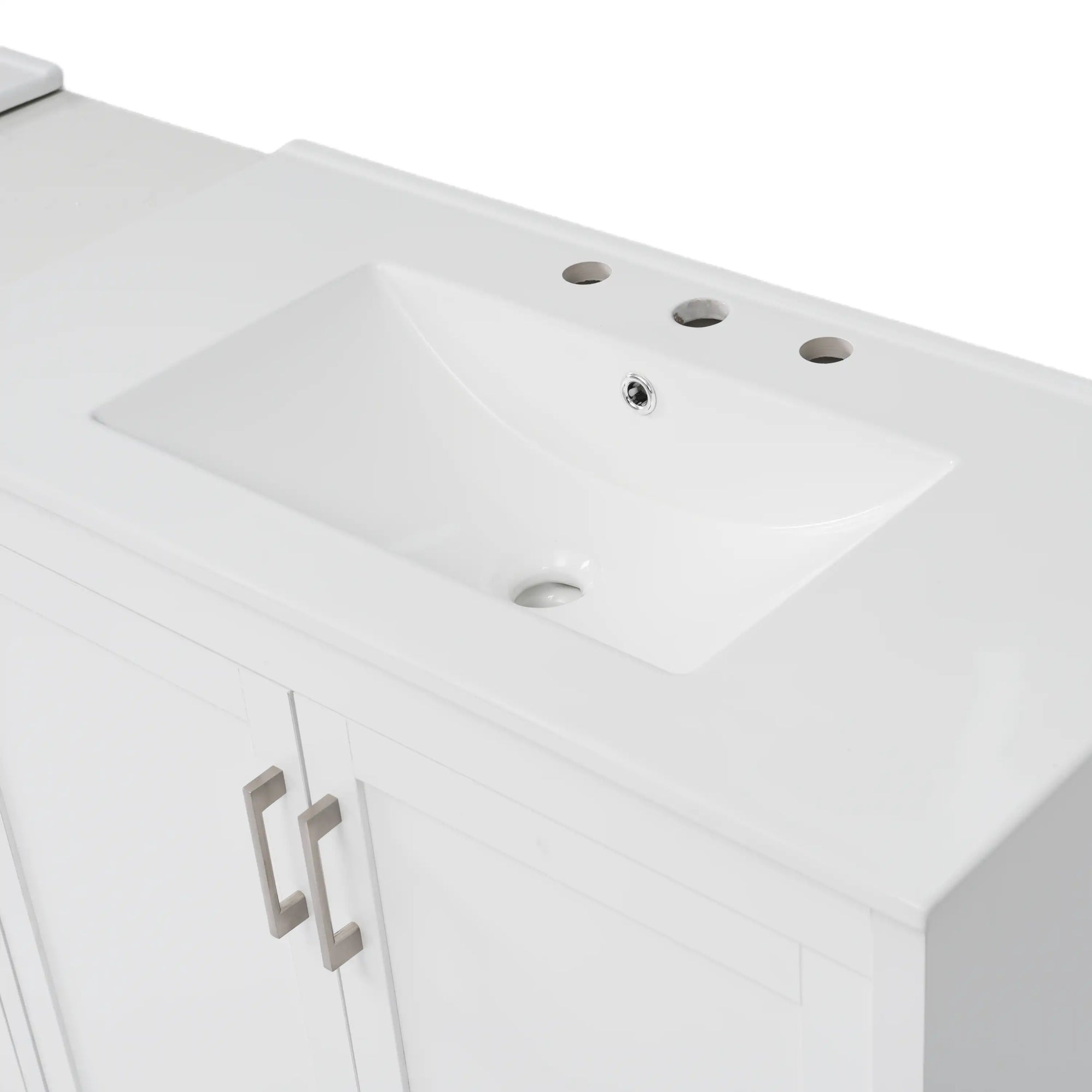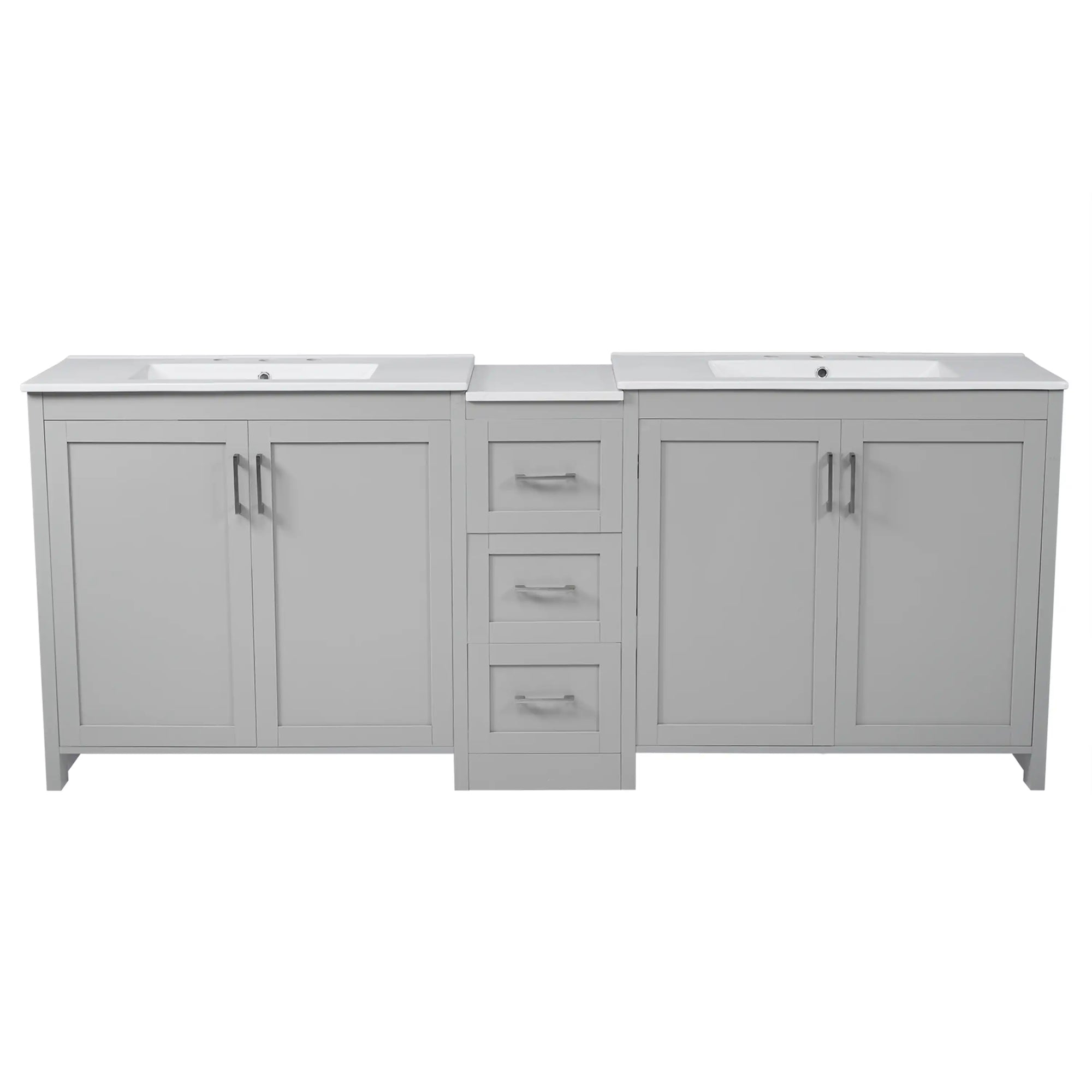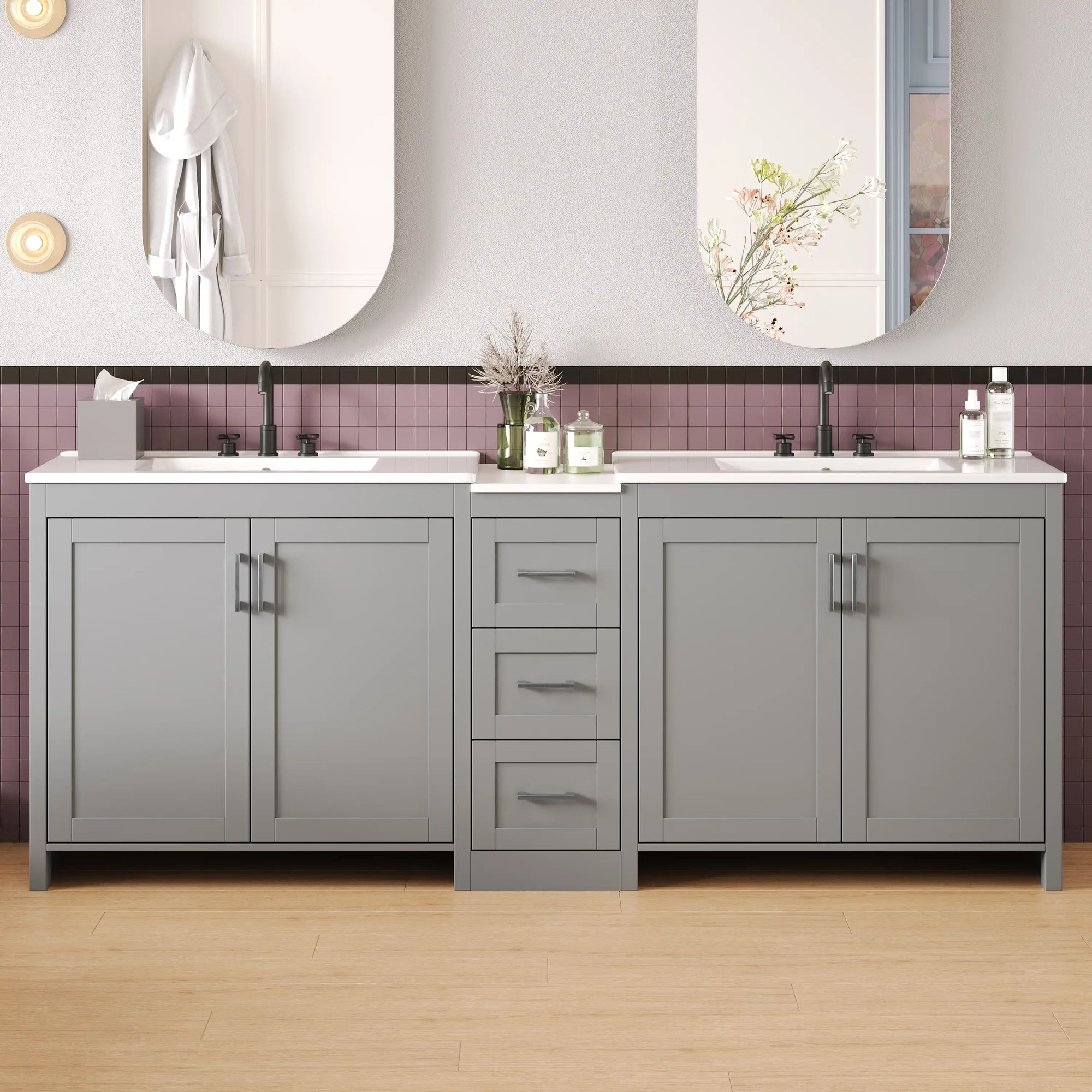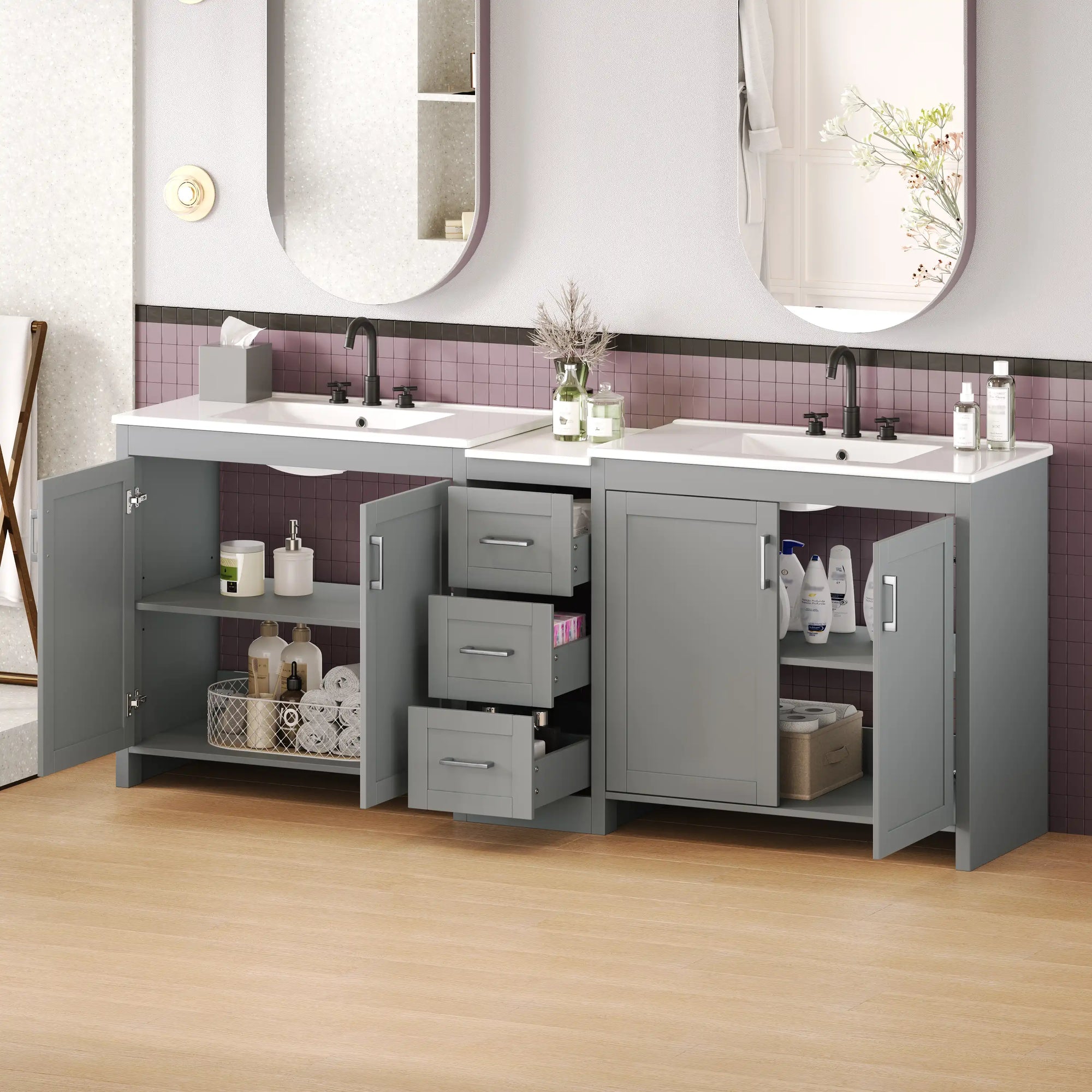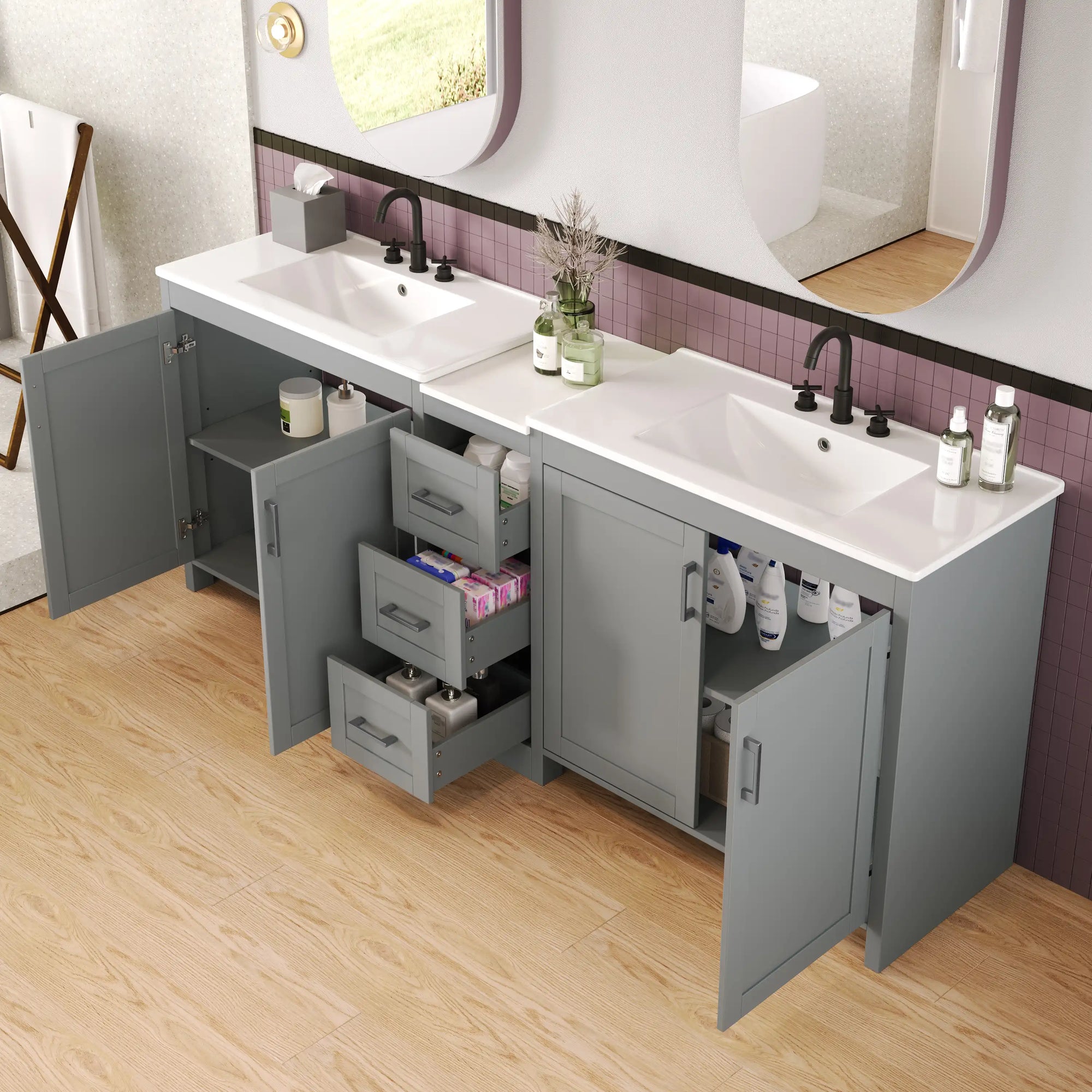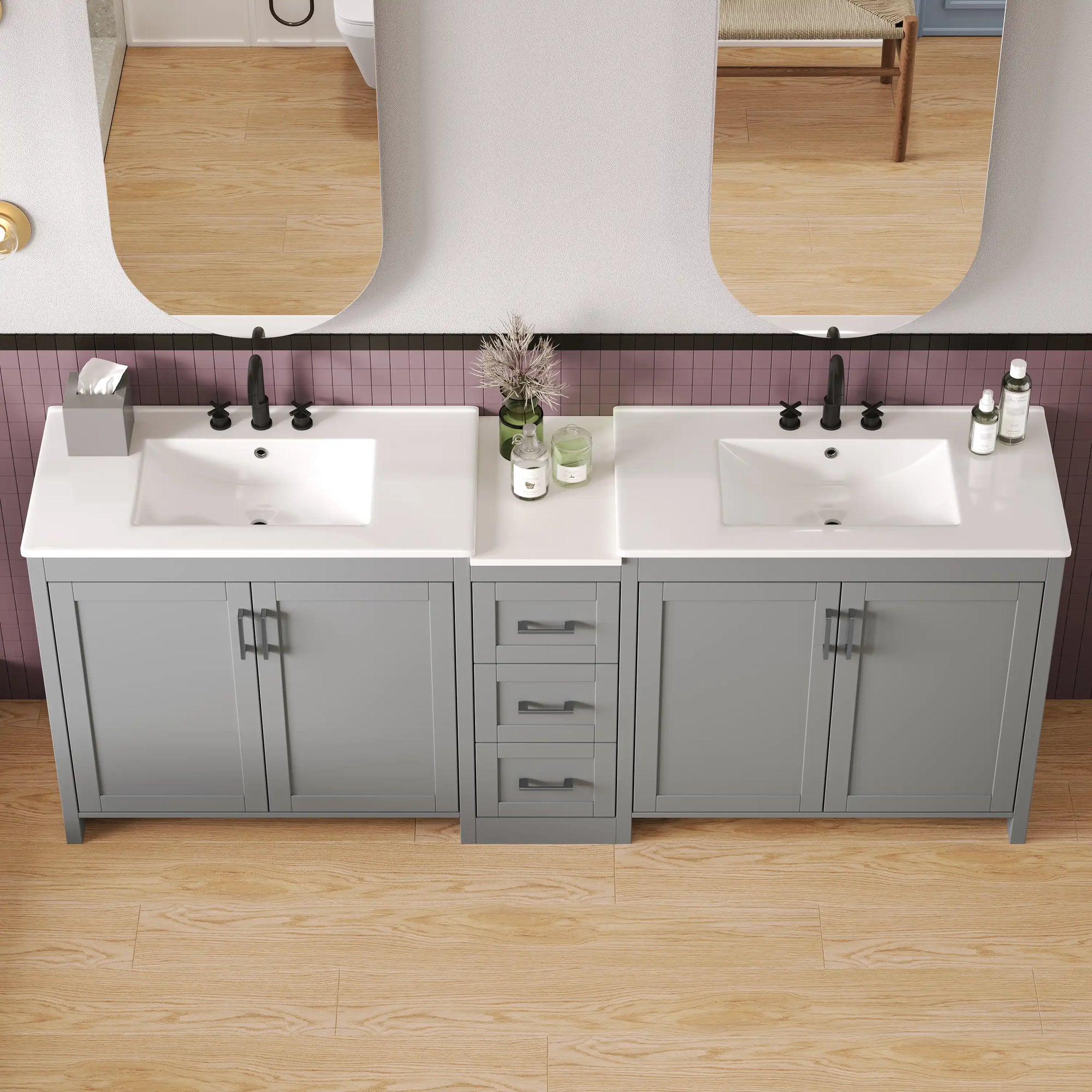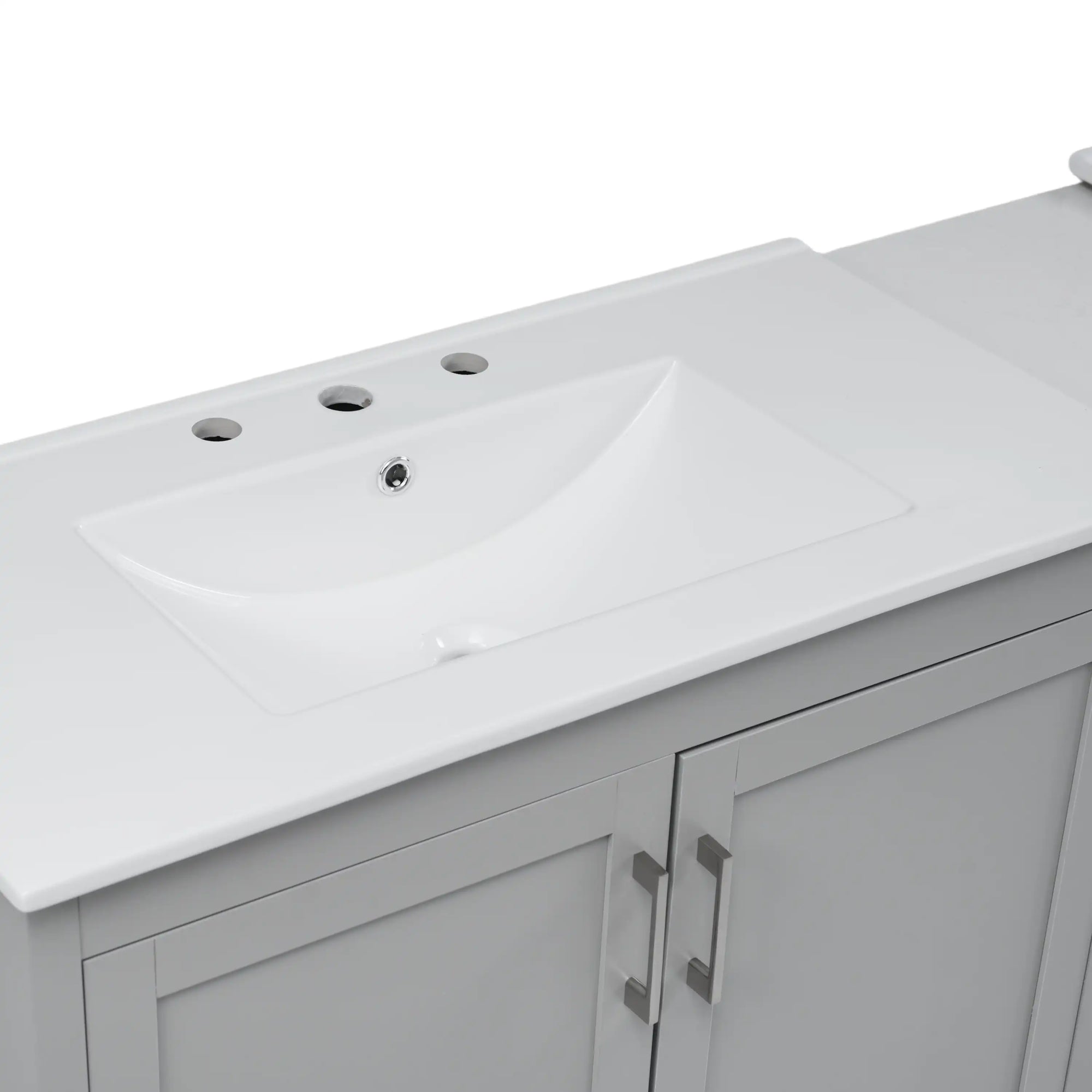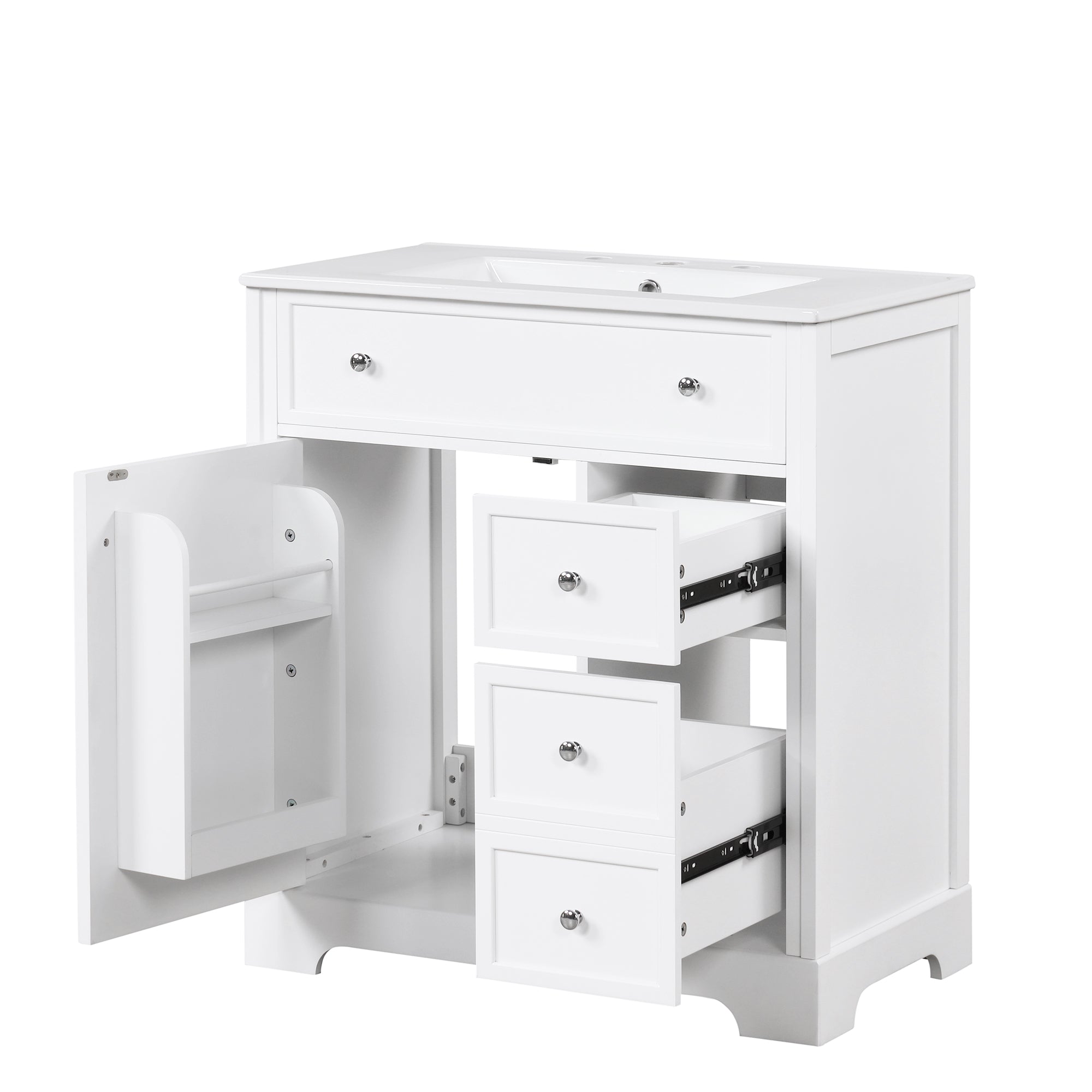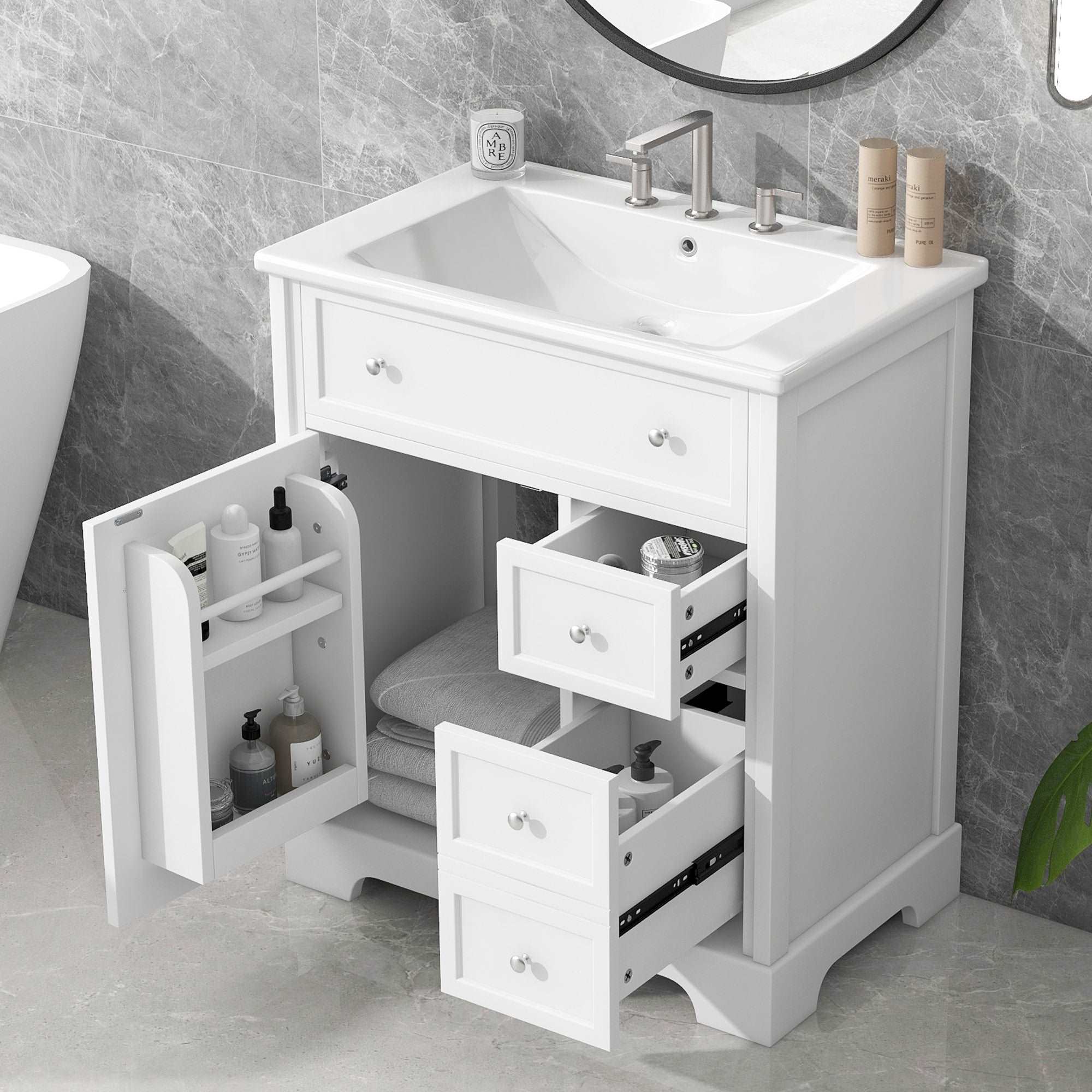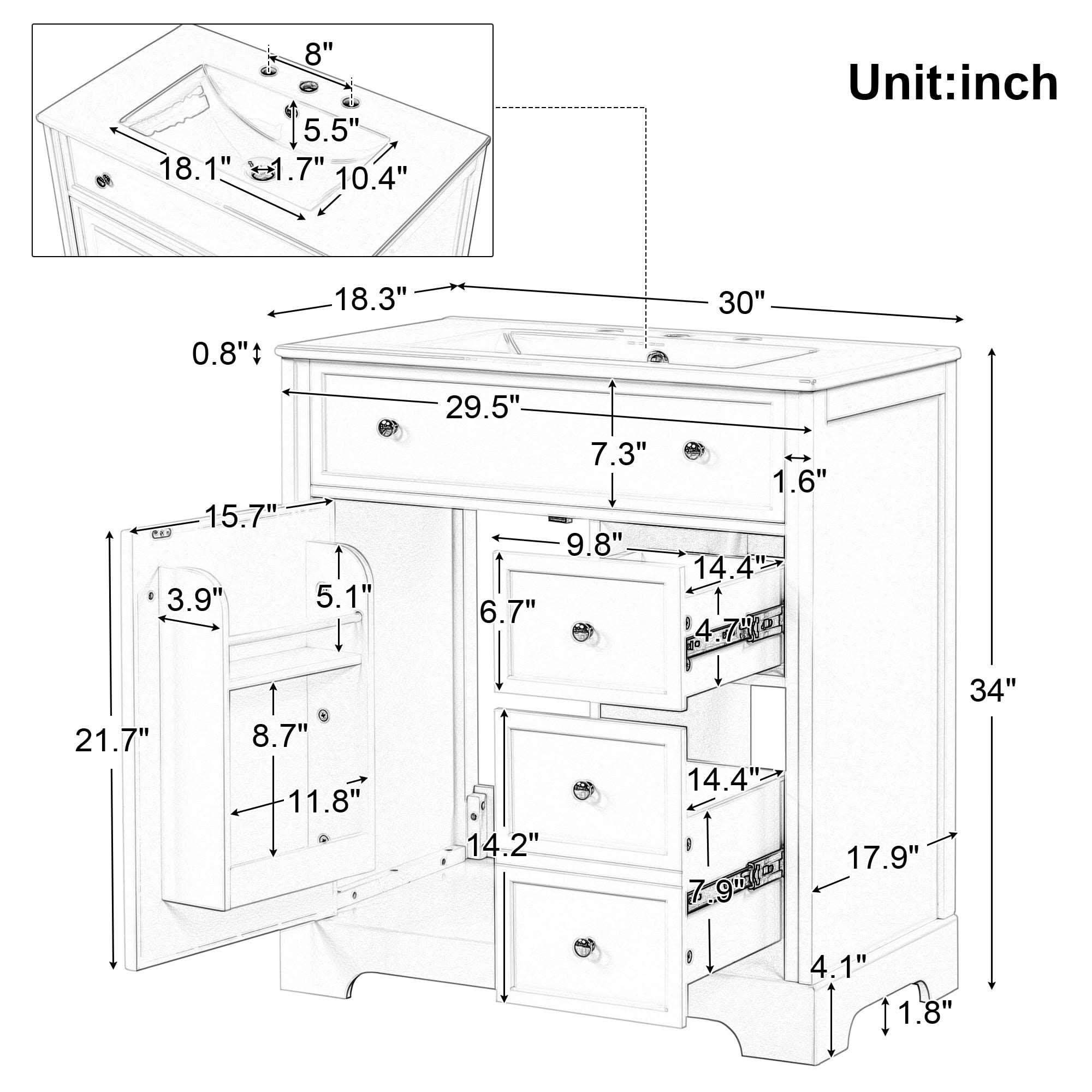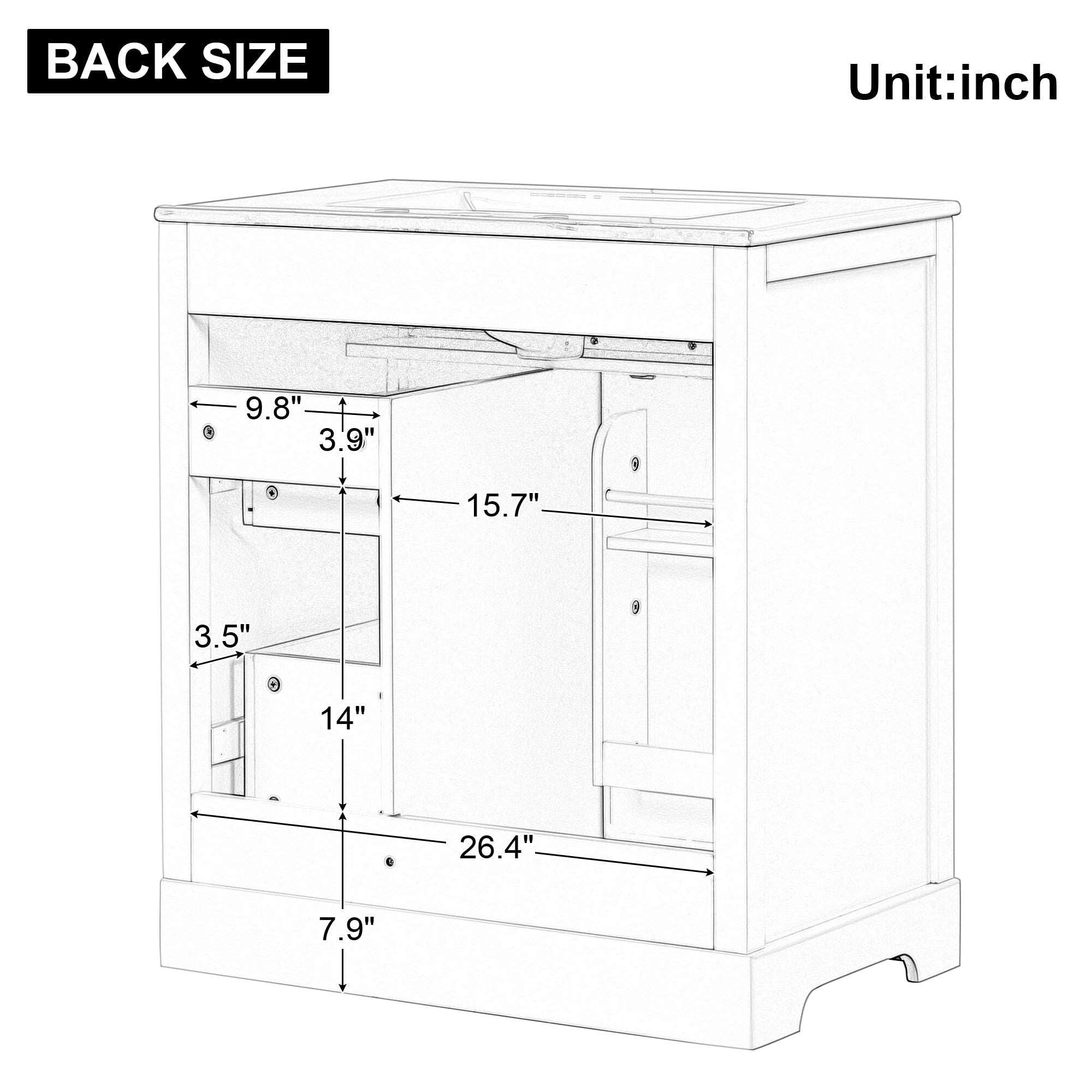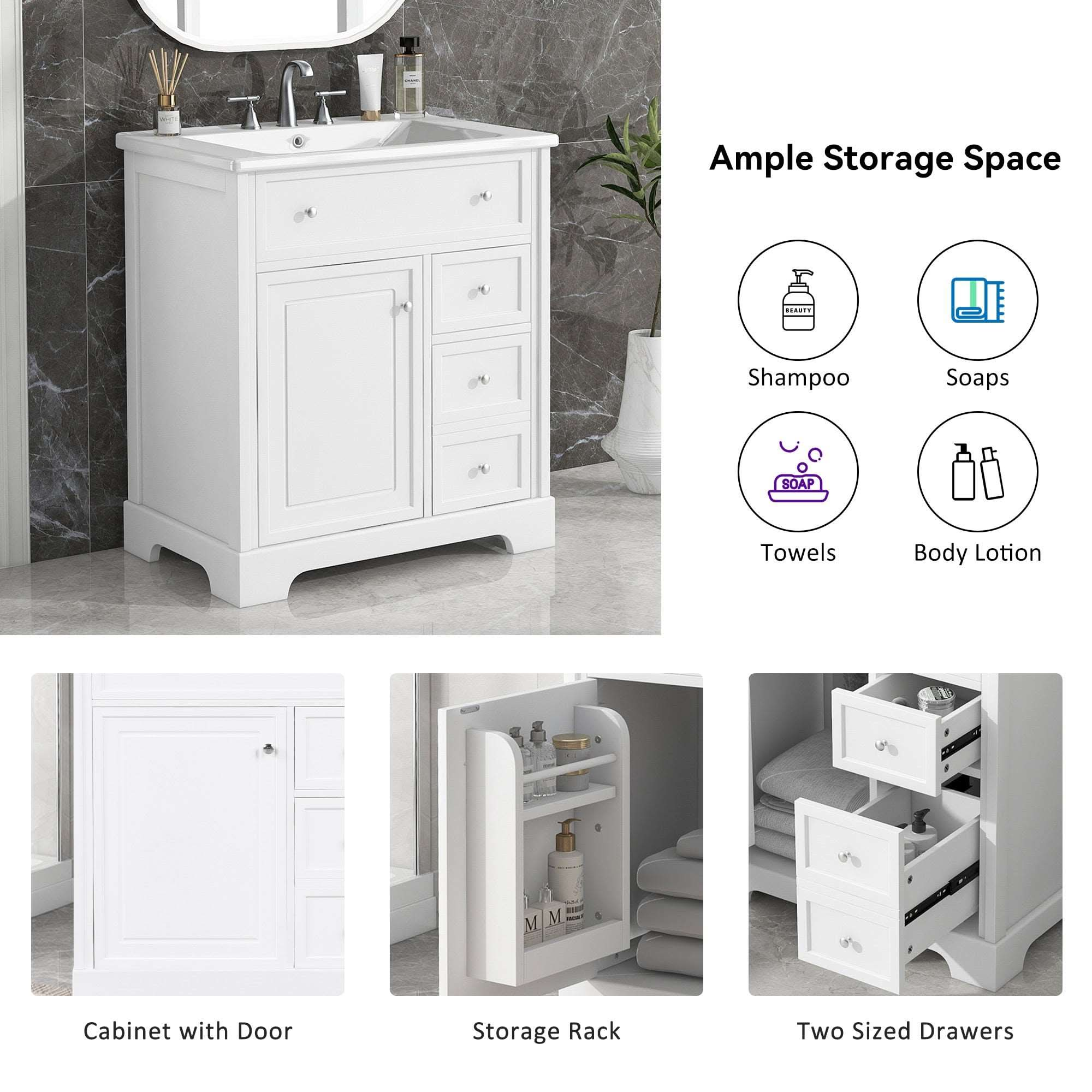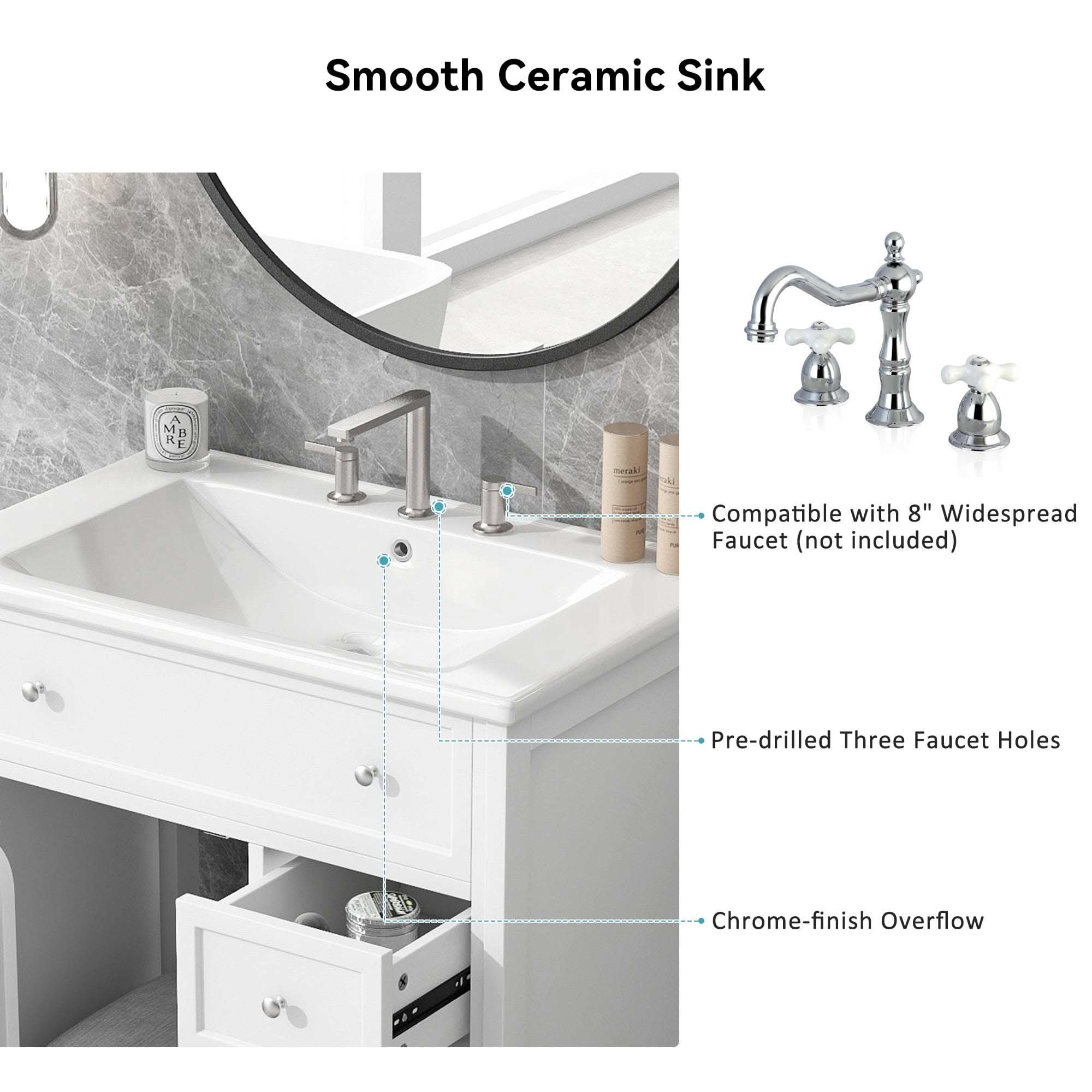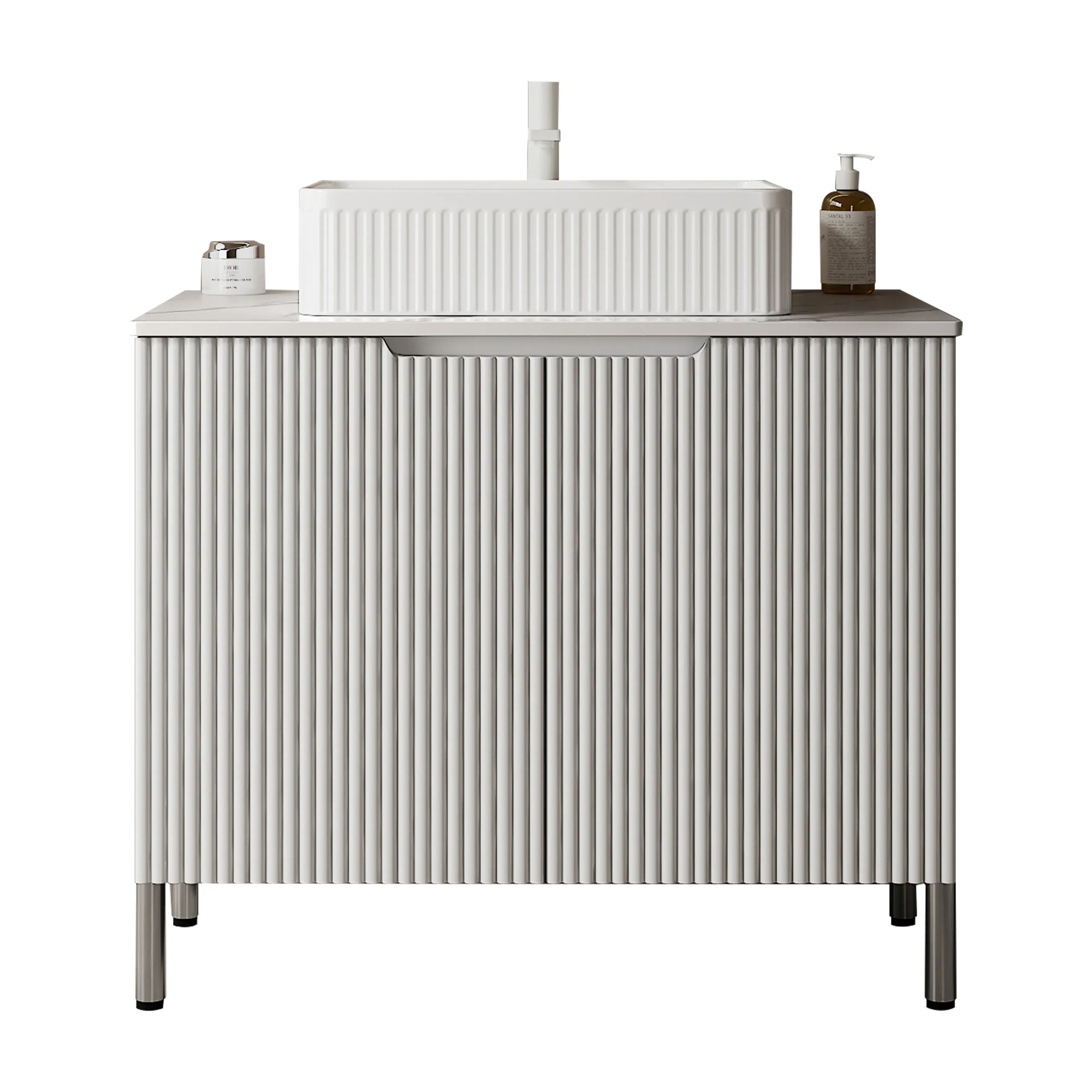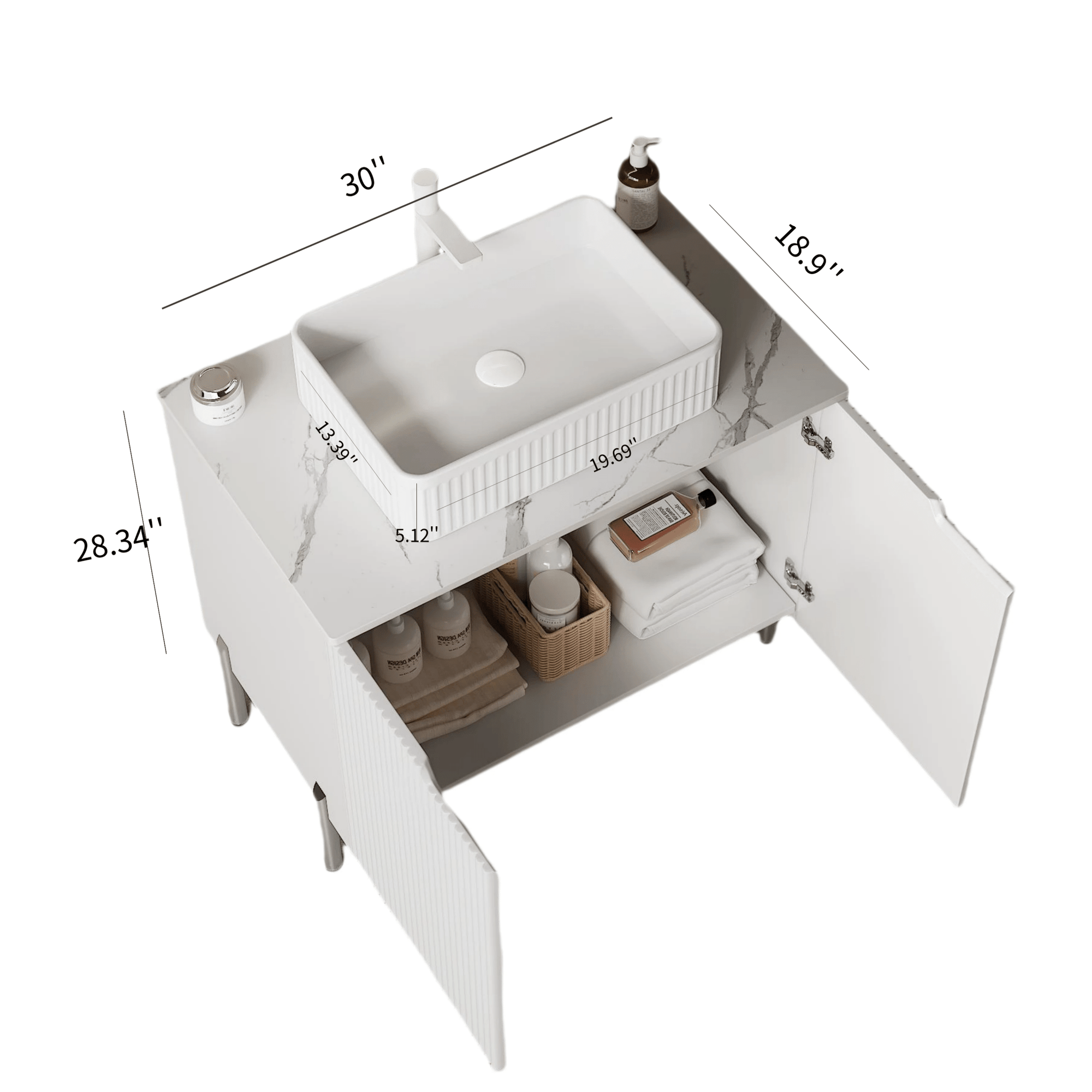Introduction
A bathroom bench may seem like a small detail, but it can completely change how you use and enjoy your space. From adding comfort and safety to creating a spa-like feel, the right design can make daily routines easier and more enjoyable. In this guide, we’ll explore bathroom bench ideas that fit different lifestyles, spaces, and design goals, helping you find the perfect balance of style and function.
Table of Contents:
- Who Should Consider a Bathroom Bench
- Bathroom Bench Ideas by Type: From Built-In to Freestanding
- Best Materials and Finishes for Bathroom Bench Ideas
- Conclusion
- Frequently Asked Questions About Bathroom Bench Ideas
Who Should Consider a Bathroom Bench
Not every bathroom upgrade needs to be purely aesthetic. A bench is one of those features that balances design appeal with everyday practicality. So, who stands to benefit the most?
-
Elderly & Mobility-Impaired Users: A bench offers a secure and stable surface, reducing the risk of slips in the shower. For aging-in-place households, this simple addition can be life-changing.
-
Families with Young Children: Parents can use the bench as a safe spot when bathing kids, while expectant mothers will appreciate having a place to rest.
-
Spa & Relaxation Enthusiasts: For those who love long showers or at-home spa rituals, a bench provides the perfect spot to relax, exfoliate, or even enjoy a steam session.
-
Small-Space Residents: With foldable or corner bench designs, even the most compact bathrooms can benefit from added functionality without sacrificing floor space.

Bathroom Bench Ideas by Type: From Built-In to Freestanding
Built-In Bench
A permanent bench constructed directly into the shower wall or corner, often tiled to match the bathroom’s finishes.

| Pros | Cons |
|---|---|
|
|
Floating Bench
A bench attached to the wall without visible legs, creating a "floating" effect.

| Pros | Cons |
|---|---|
|
|
Foldable Floating Bench
Similar to a floating bench, but designed to fold up against the wall when not in use.

| Pros | Cons |
|---|---|
|
|
Freestanding Bench
A movable bench that can be placed inside or outside the shower as needed.

| Pros | Cons |
|---|---|
|
|
Corner Bench
A triangular bench built into or mounted in the shower corner.

| Pros | Cons |
|---|---|
|
|
Best Materials and Finishes for Bathroom Bench Ideas
TIP Your choice of material can determine the durability, comfort, and overall look of your bathroom bench.
Below are the main options used most often:
-
Tile Bench: Mimics the look of the shower walls for a seamless appearance. Low maintenance and long-lasting.
-
Marble Bench: Luxurious and elegant, perfect for high-end bathrooms, but requires sealing to prevent stains.
-
Concrete Bench: A very industrial and modern option, highly durable but can feel cold to the touch.
-
Wood Bench (Teak or Treated): Brings warmth and spa-like comfort. Teak resists moisture well, though maintenance is required.
-
Acrylic / Solid Surface Bench: Perfect for prefabricated showers, acrylic benches are lightweight, easy to install and made to be moisture-resistant.
-
Metal Frame with Slats: Combines durability with modern aesthetics, often paired with wood or stone seating.
Design Approach:
-
Consistency: Match the bench material to your wall or floor for a unified look.
-
Contrast: Use different materials or colors to create a focal point.
-
Color Psychology: Warm wood promotes relaxation, light tiles enhance brightness and cleanliness, while darker stone adds drama and luxury.

Conclusion
A bathroom bench is more than a stylish upgrade, it adds comfort, safety, and everyday convenience. The best bathroom bench ideas are those that align with your design vision while making your routines easier and more enjoyable.
Frequently Asked Questions About Bathroom Bench Ideas
Q1. Is a bathroom bench safe for small showers?
A: Yes, especially if you choose a corner or foldable bench. These designs maximize safety and convenience without overwhelming limited space.
Q2. What is the best material for a bathroom bench?
A: For durability, tile or solid surface benches are excellent. For warmth and style, teak wood is a great choice, provided it’s properly sealed.
Q3. How much space should I reserve for a built-in bench?
A: A minimum depth of 15 inches is recommended for comfortable seating, though custom designs may vary depending on your shower size.
Q4. Do foldable benches last long with daily use?
A: High-quality foldable benches with stainless steel hardware can withstand years of use. Regular maintenance of hinges ensures longer durability.
Q5. How do I maintain a wooden bathroom bench?
A: Use a moisture-resistant finish, wipe it dry after use, and reseal the surface annually. With proper care, teak and treated wood can last for decades.
Relative Articles
From Bathrooms to Balconies: Creative Uses for Floating Glass Shelves
How to Stain a Bathroom Cabinet for a High-End Look Without Replacing It
How to Stain a Bathroom Cabinet for a High-End Look Without Replacing It
